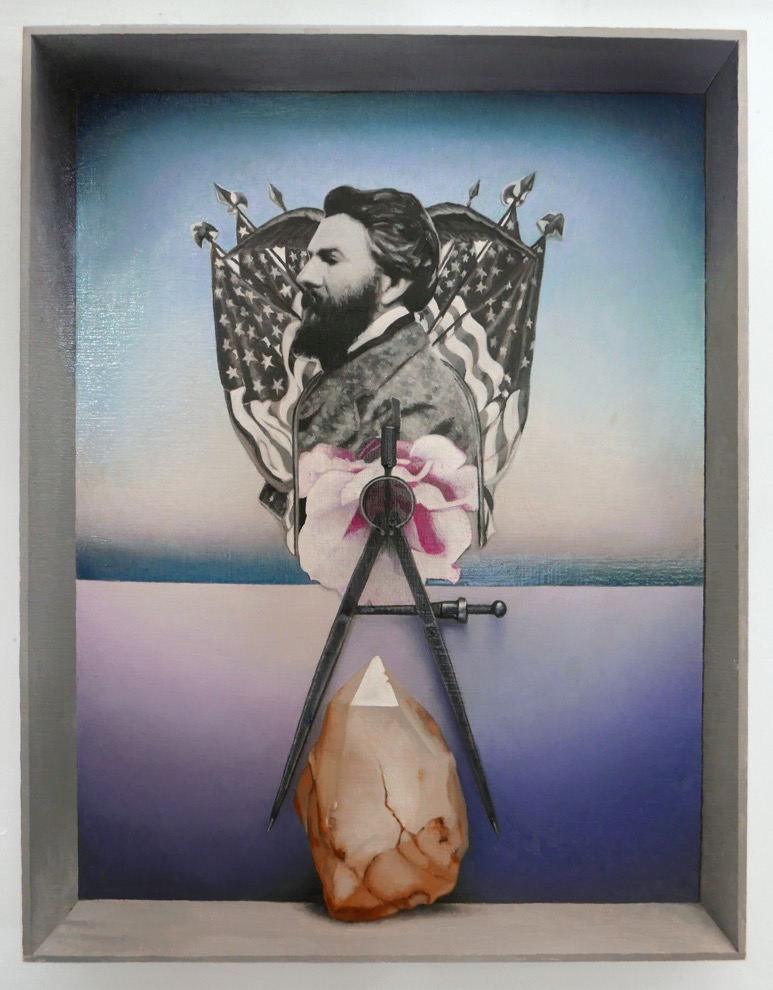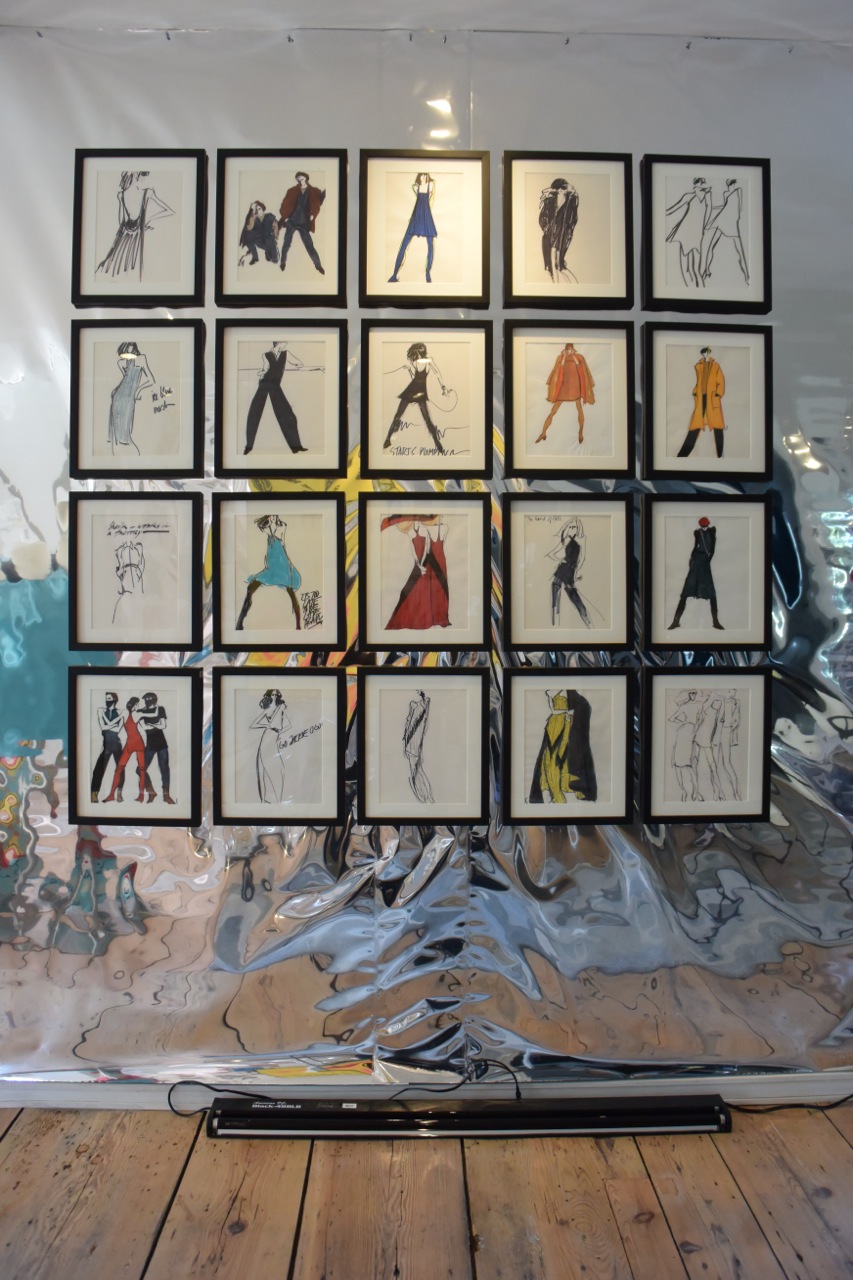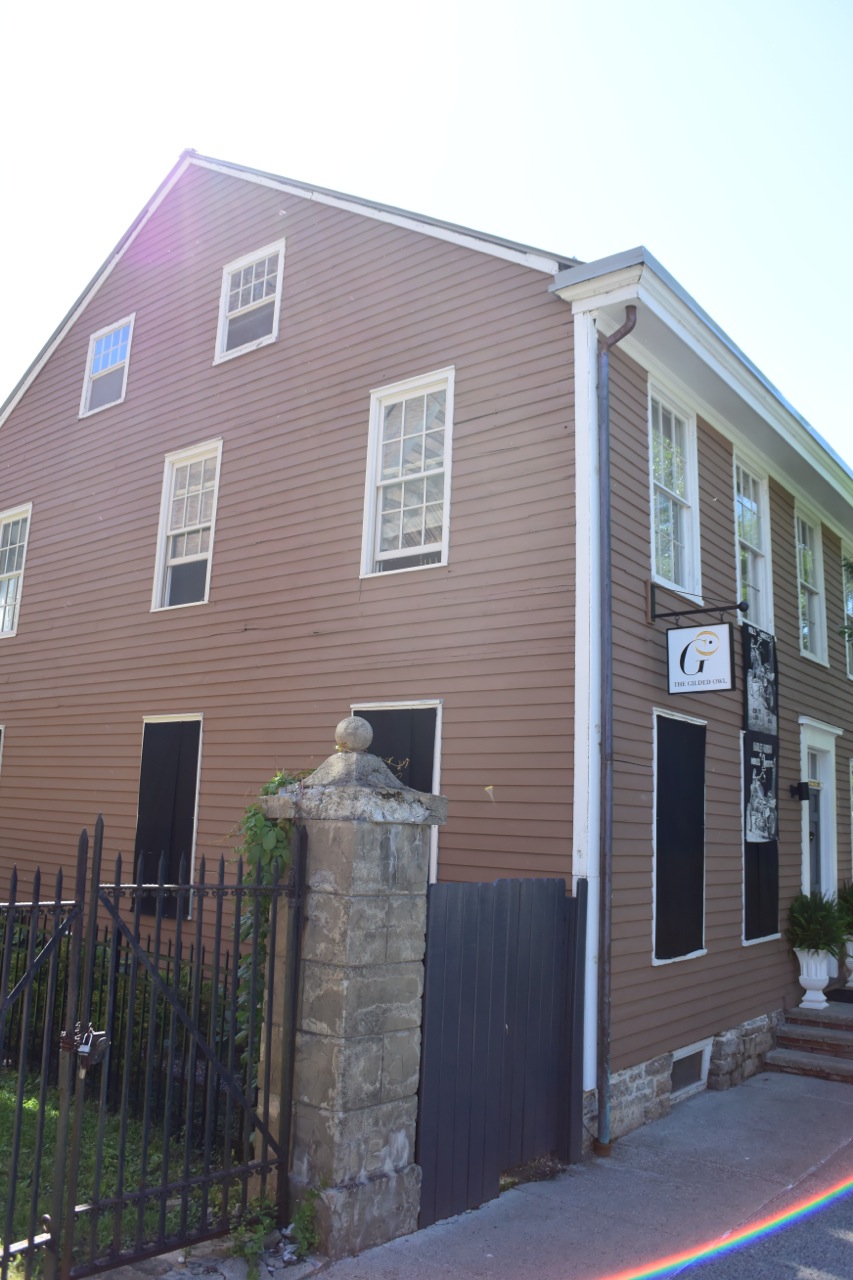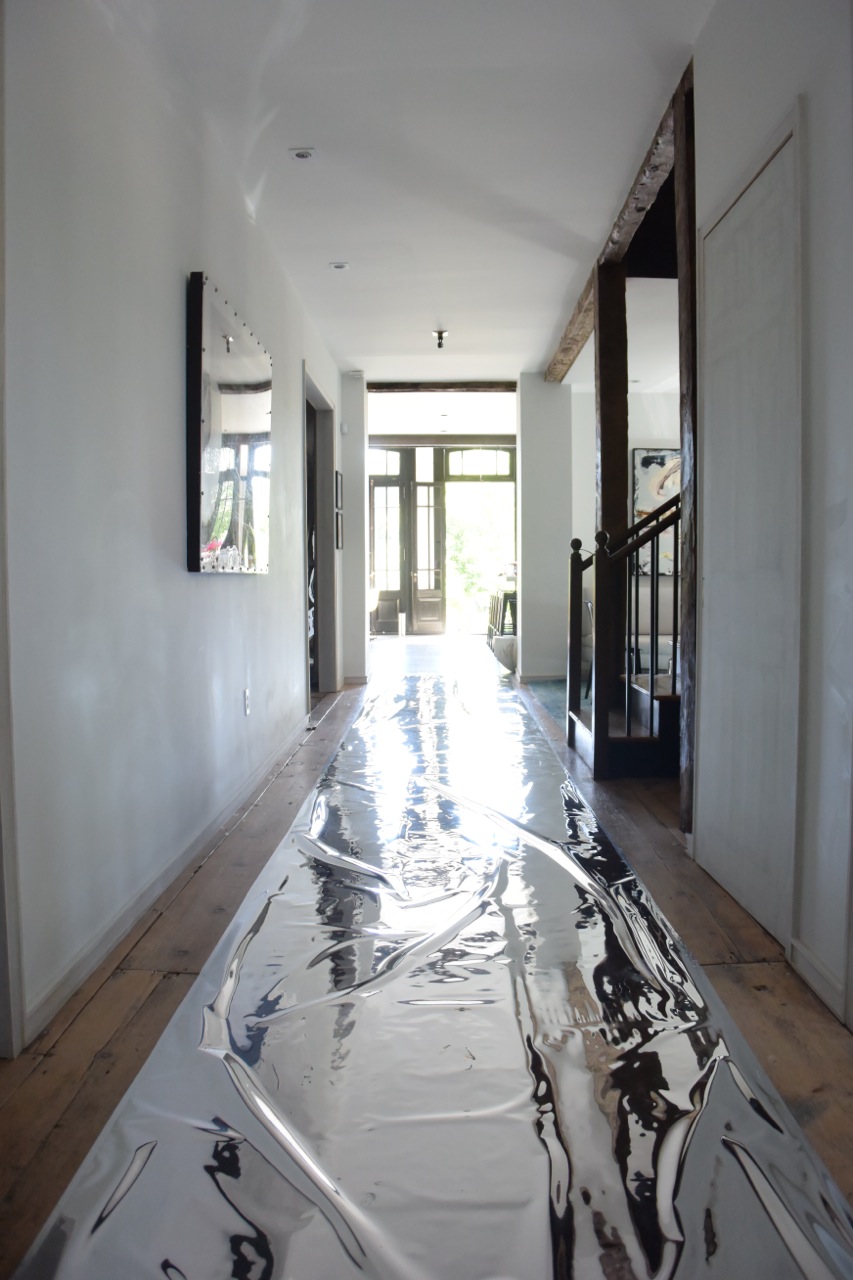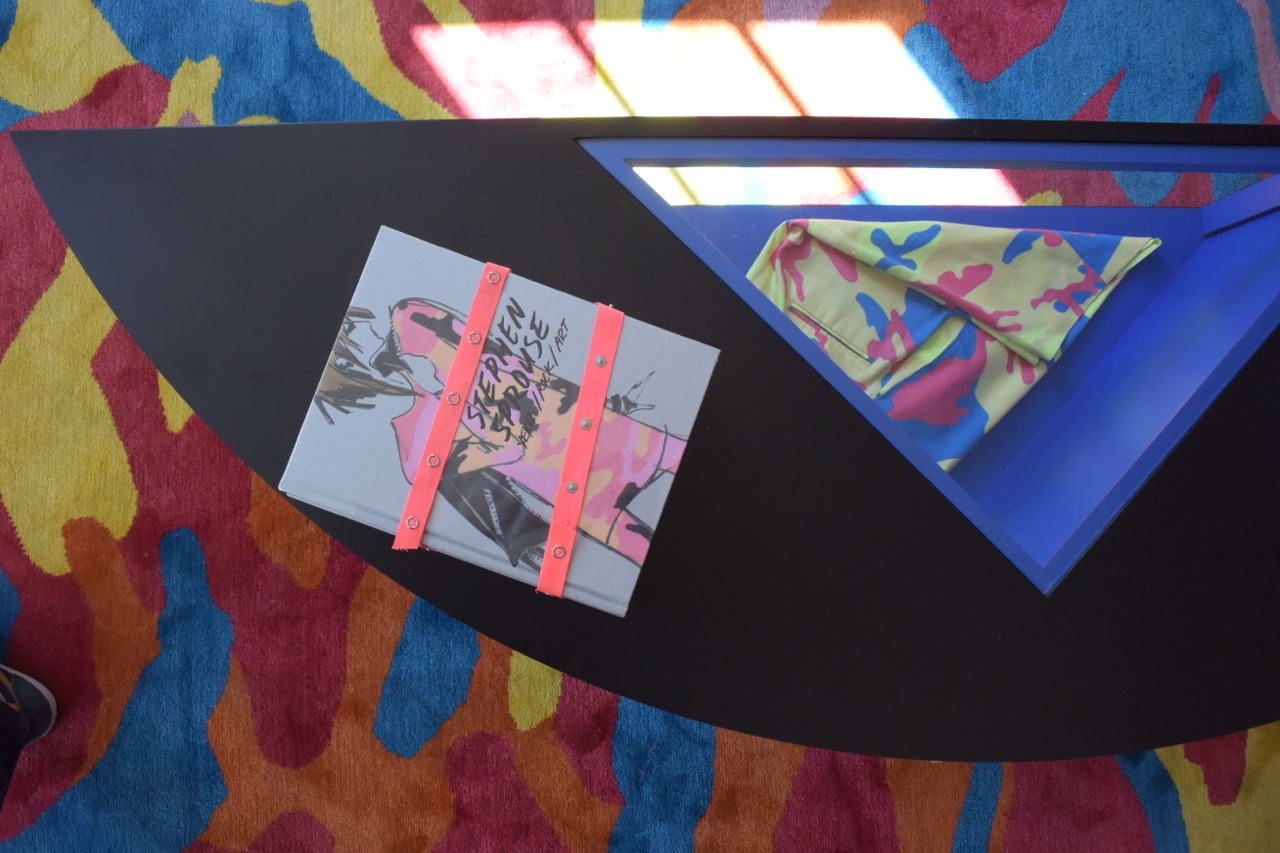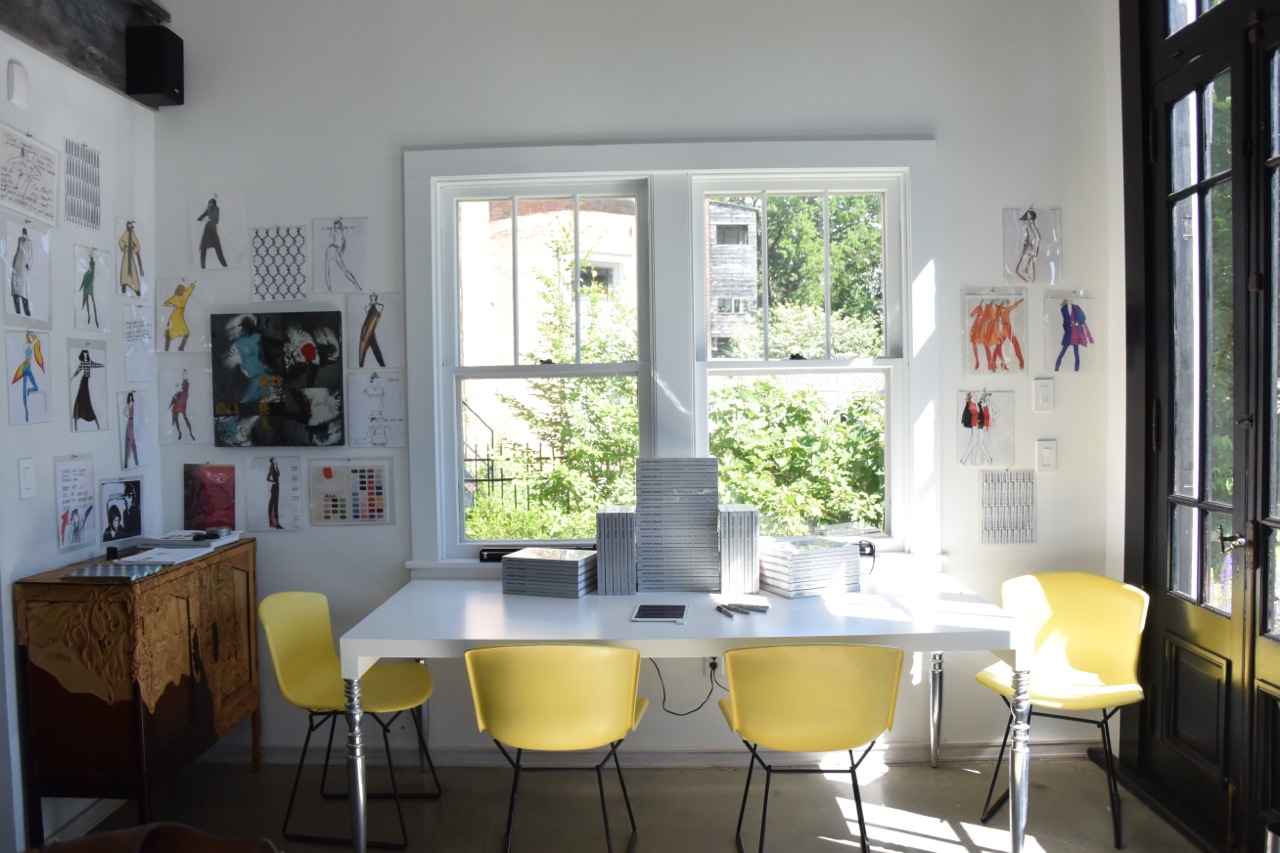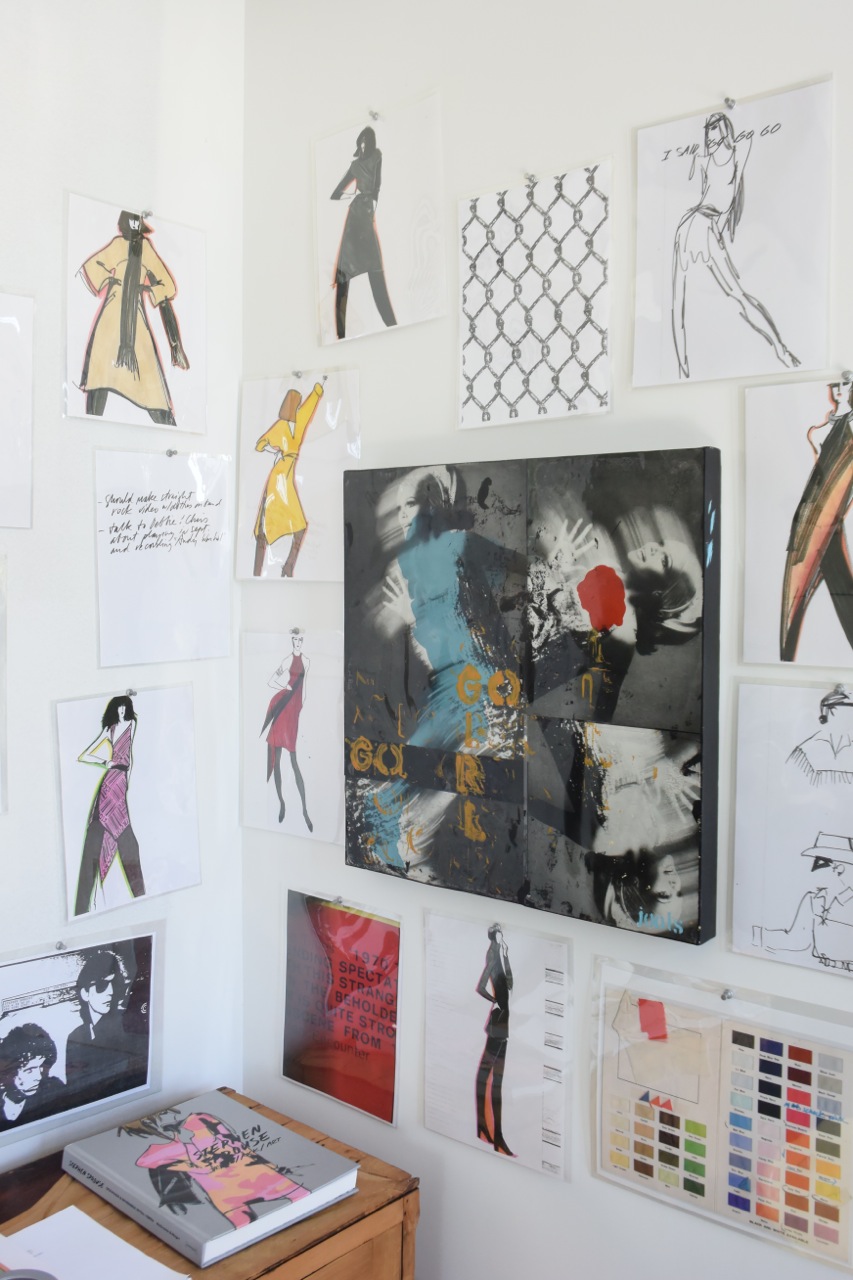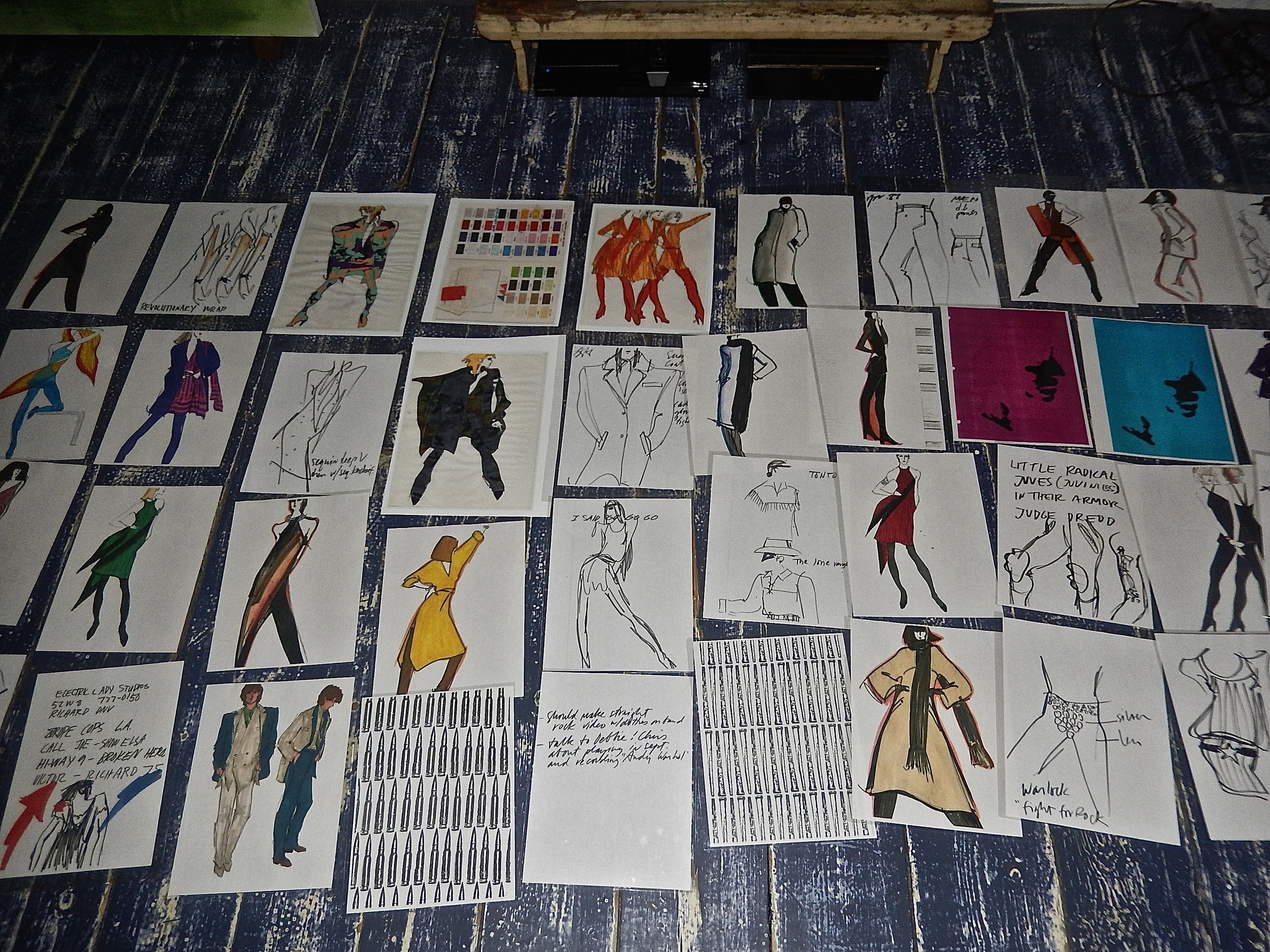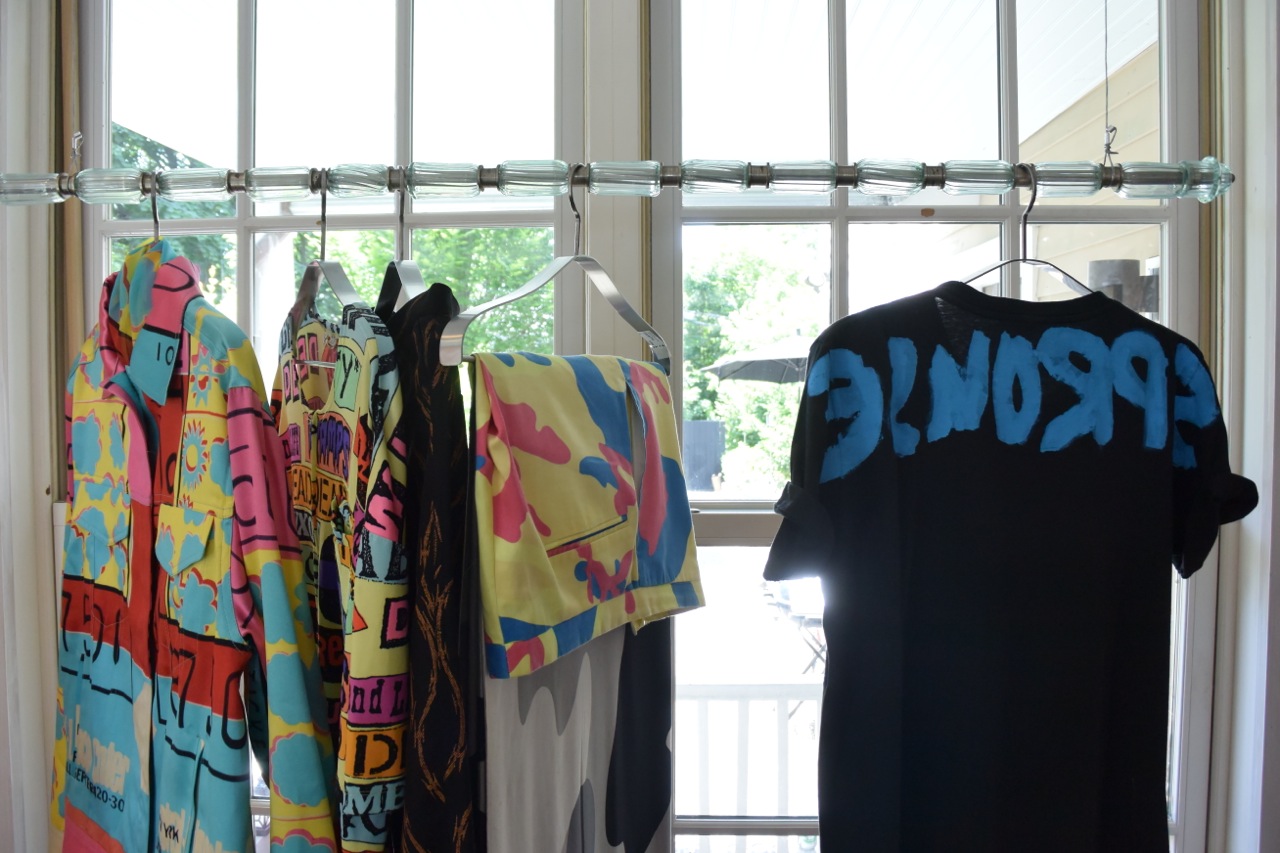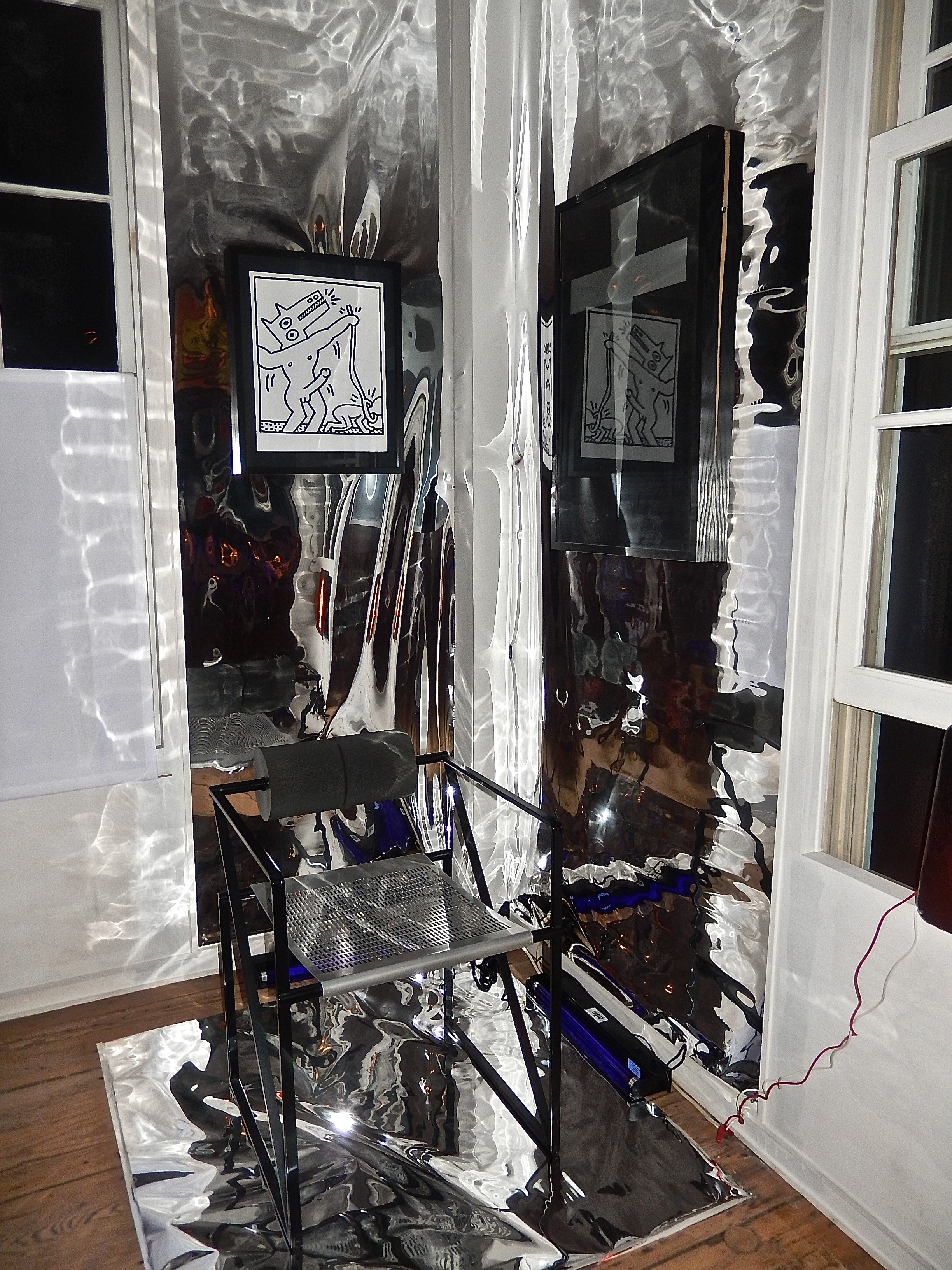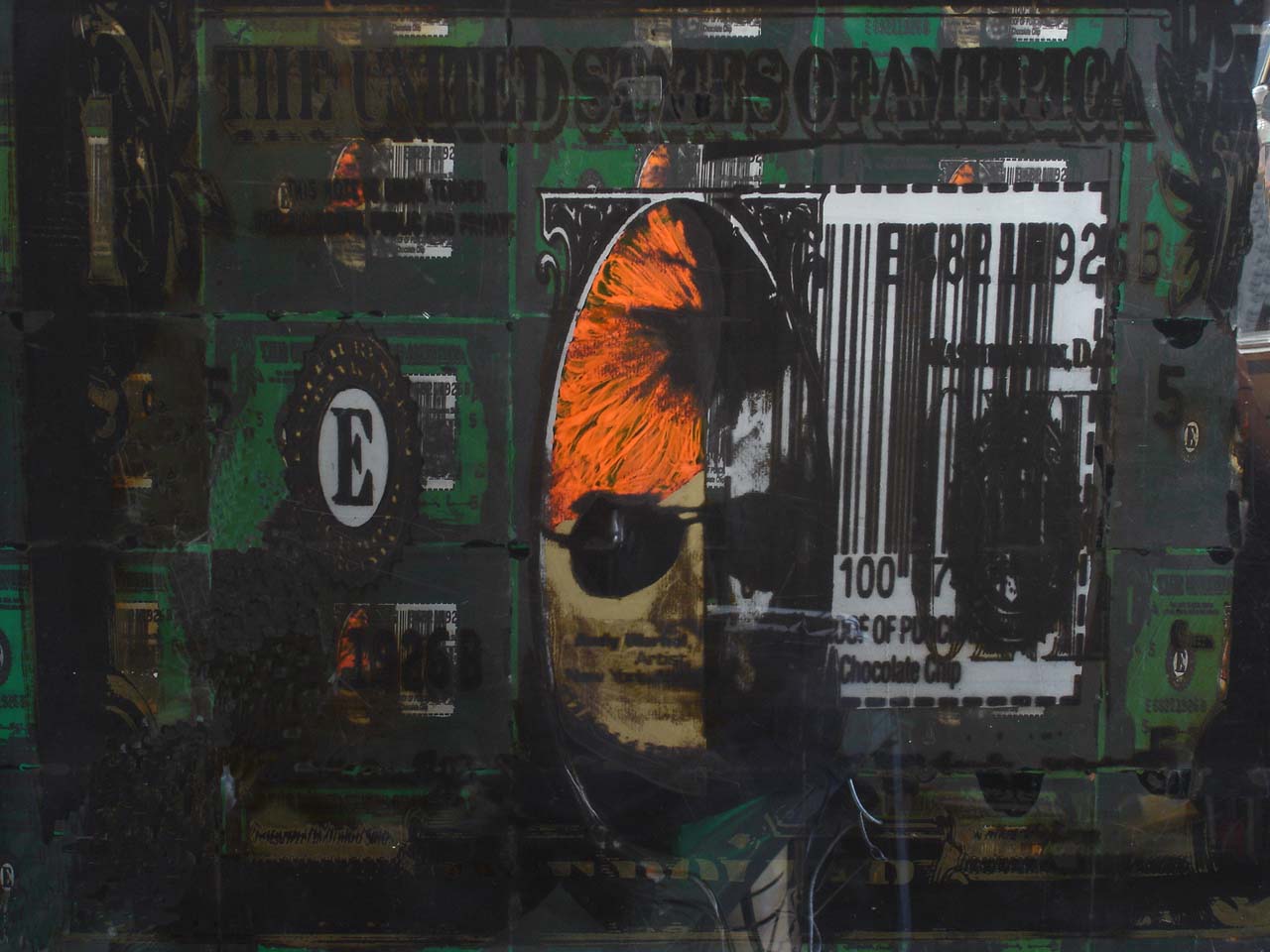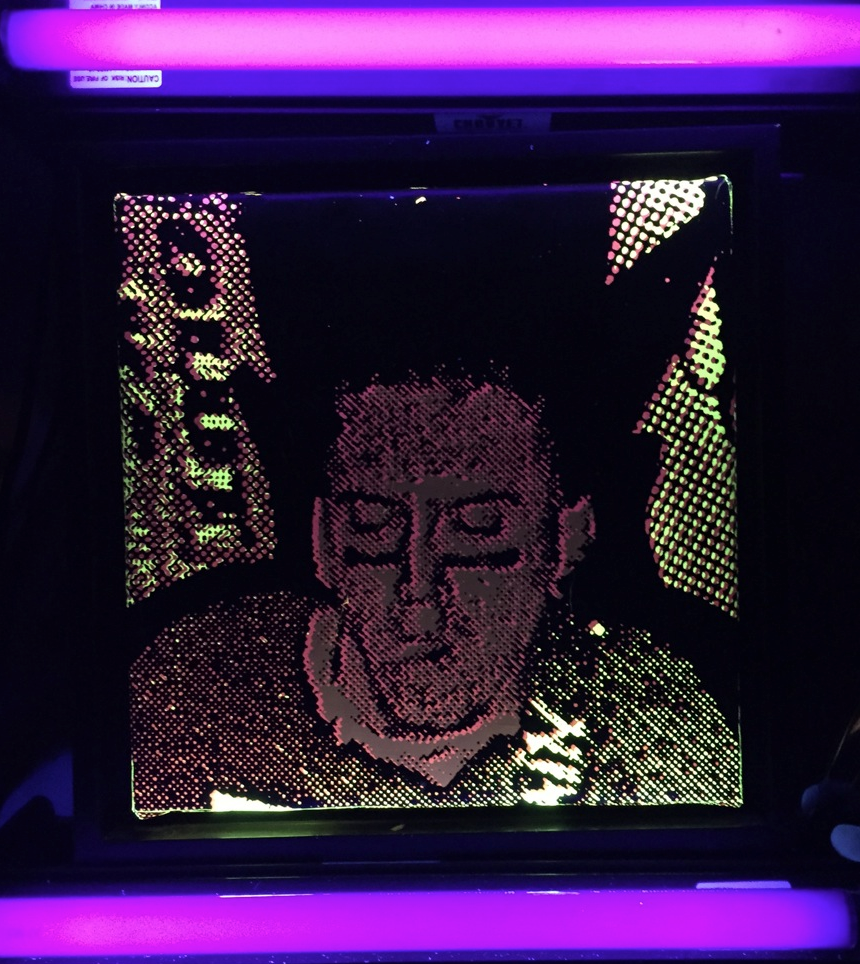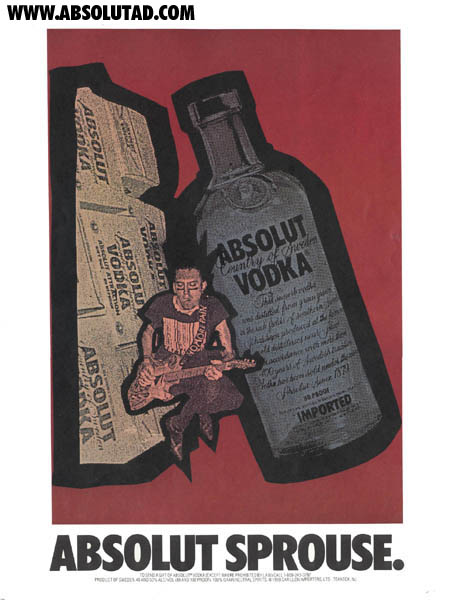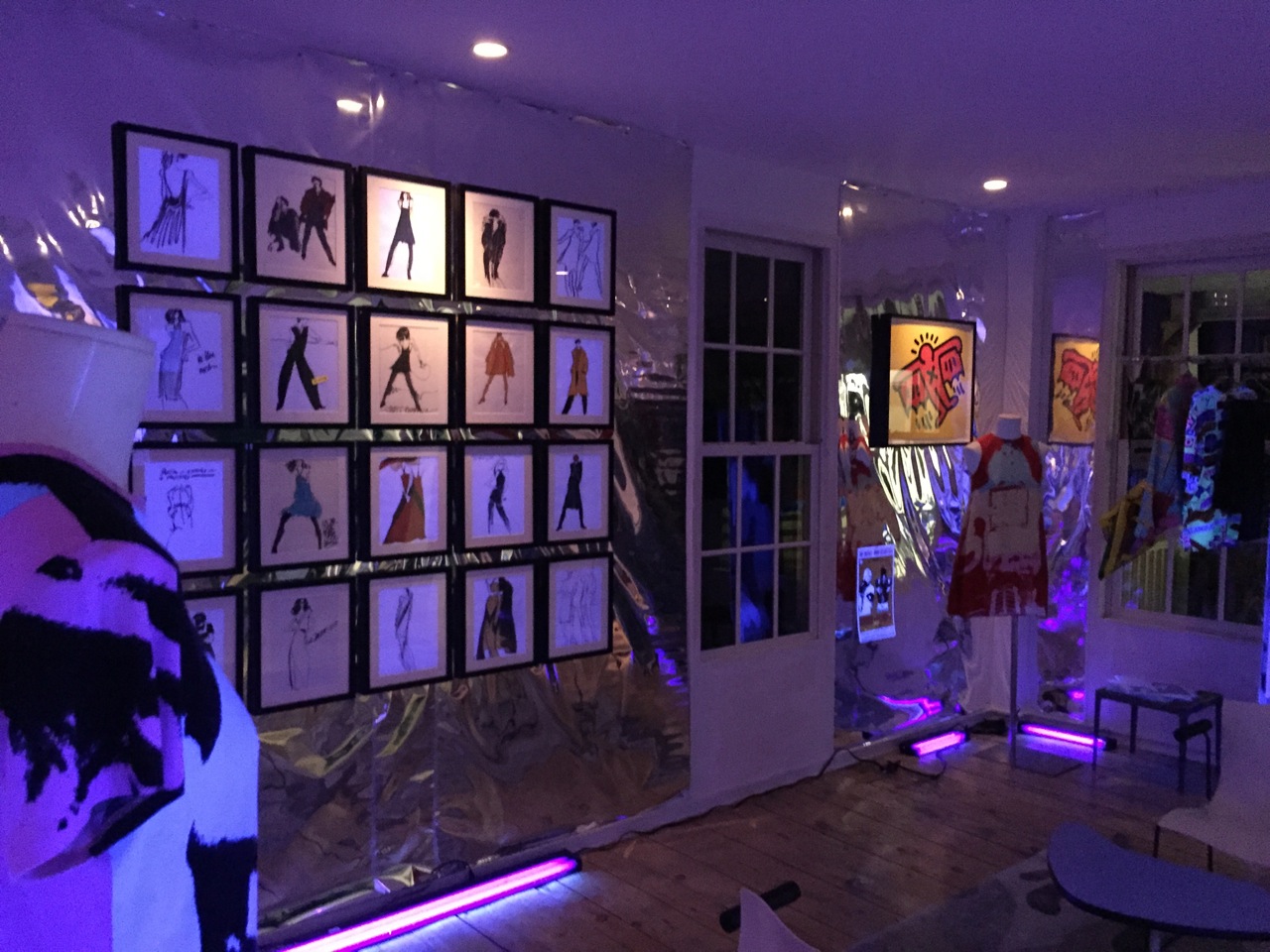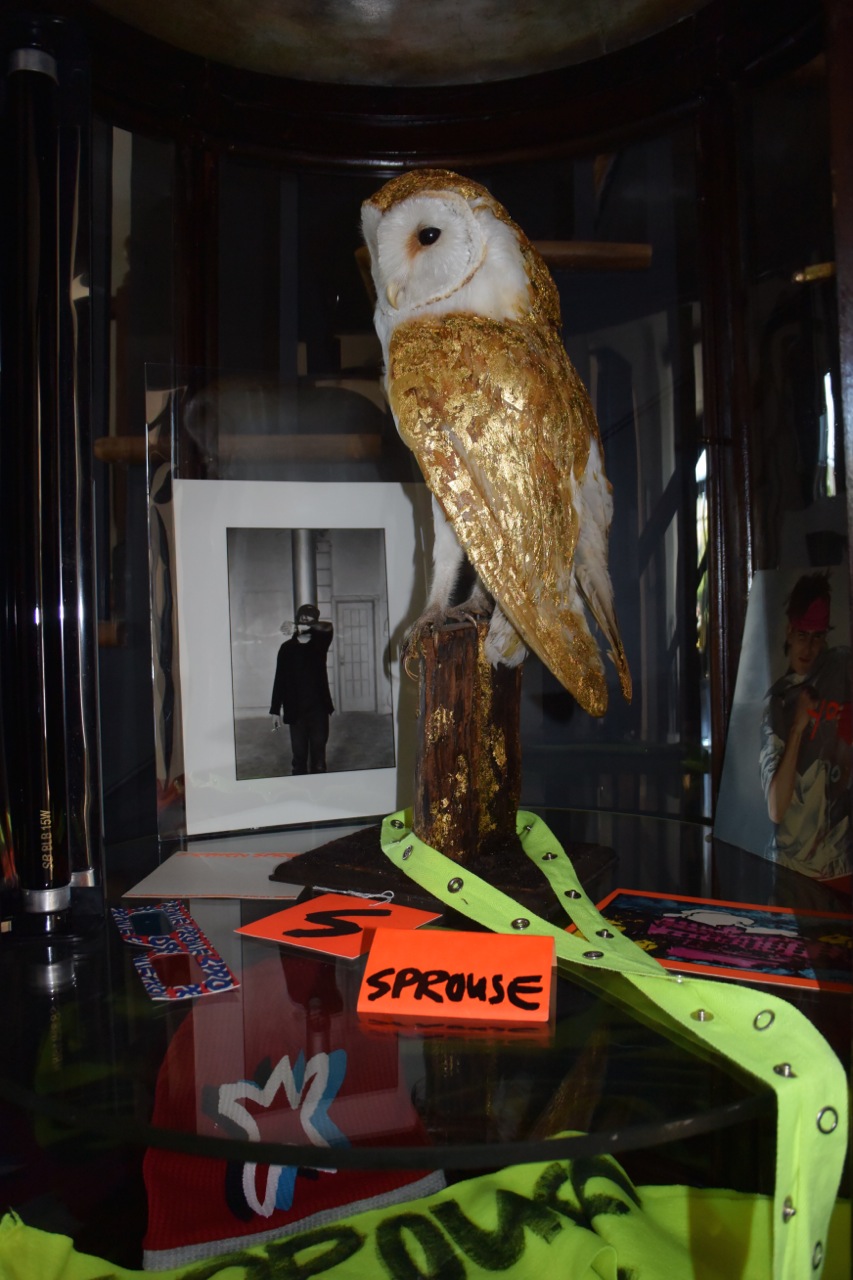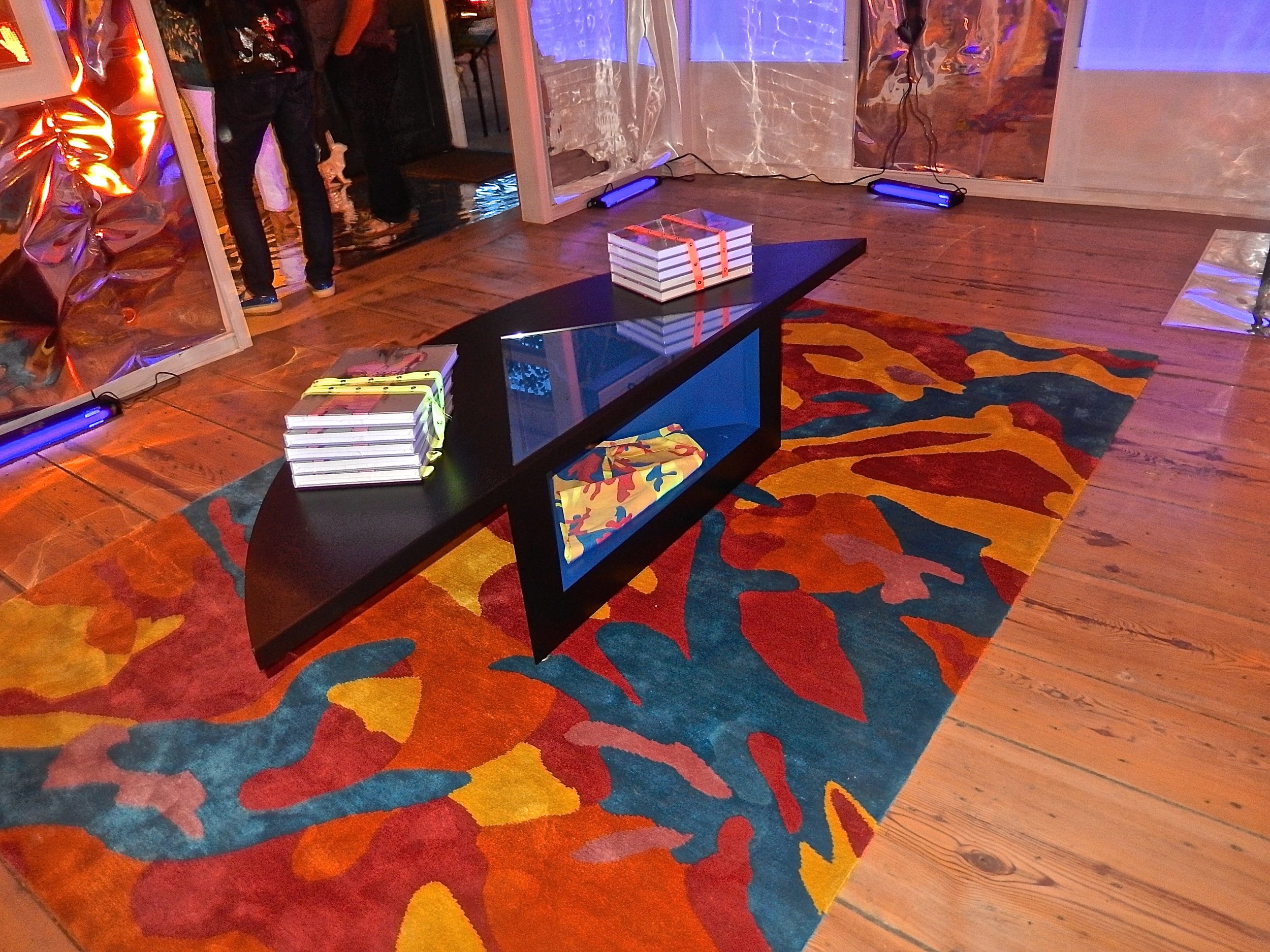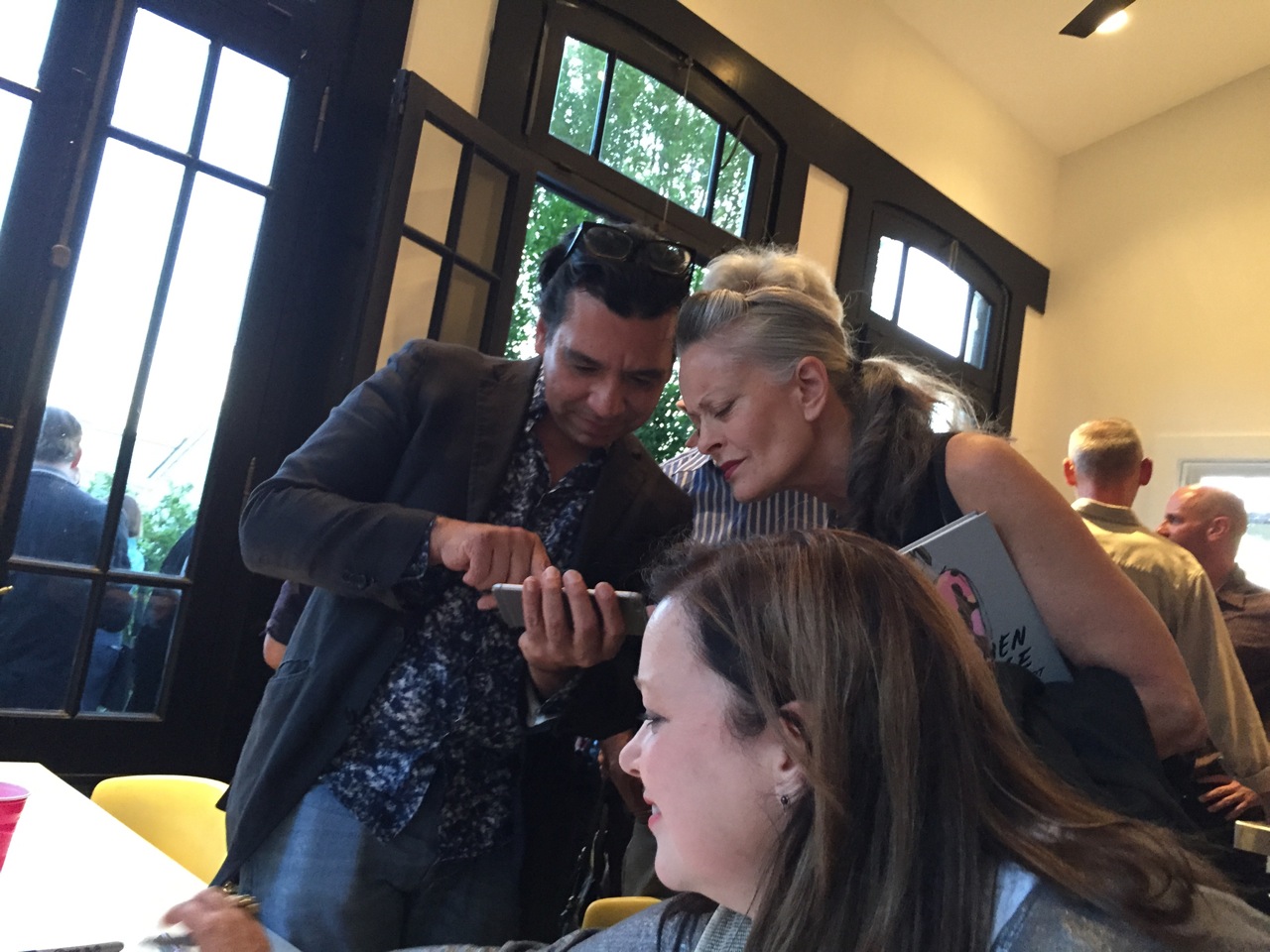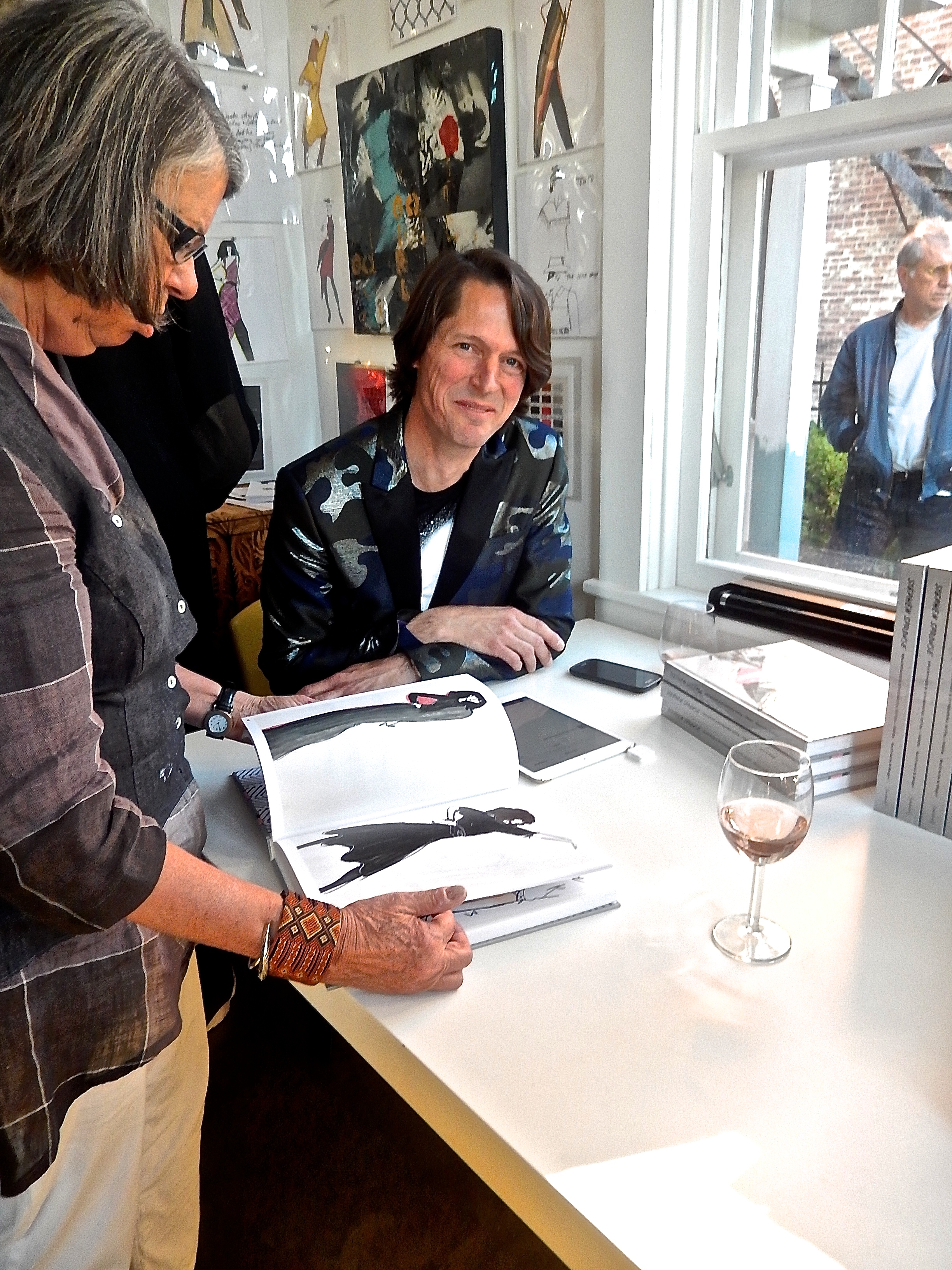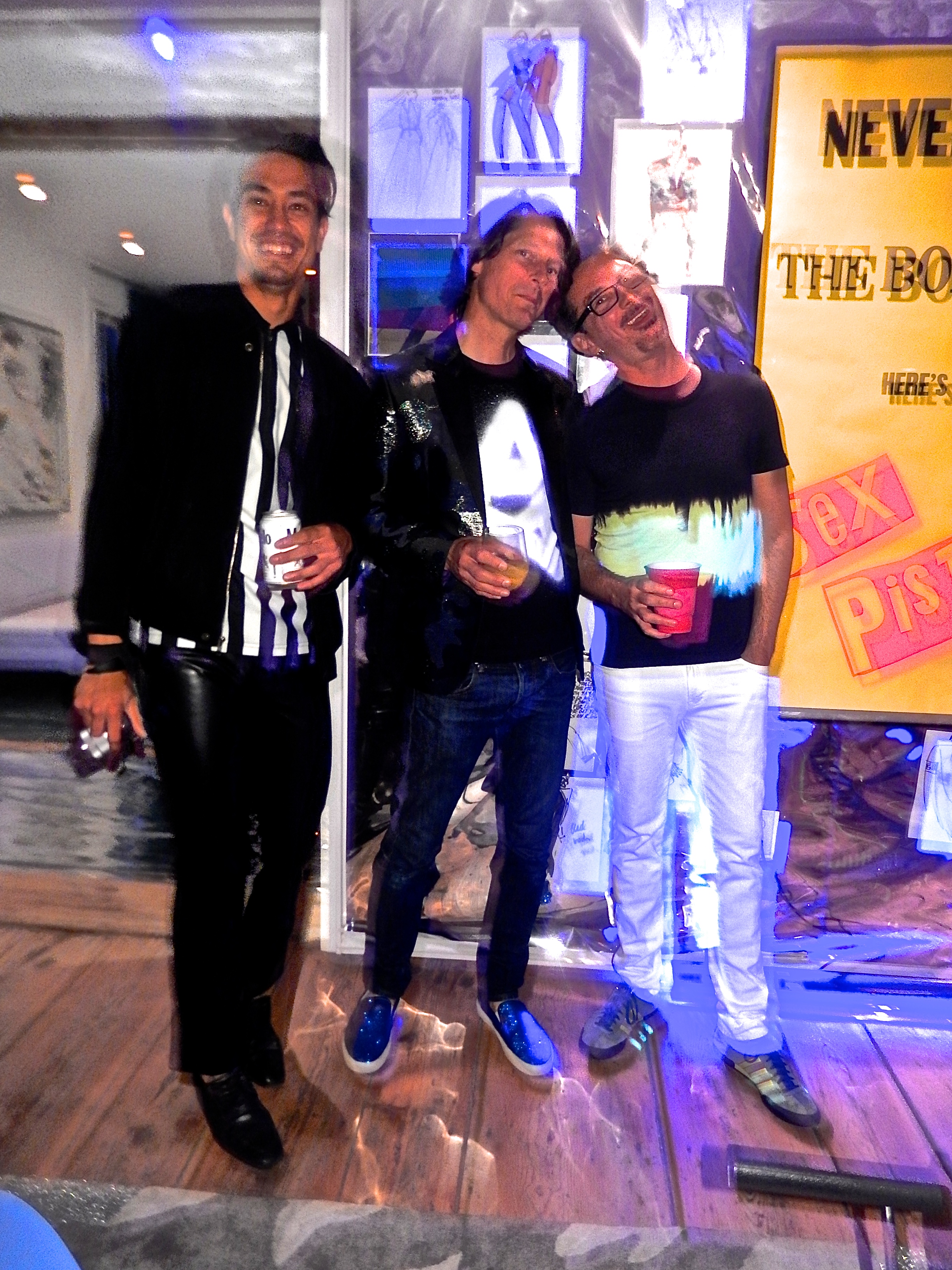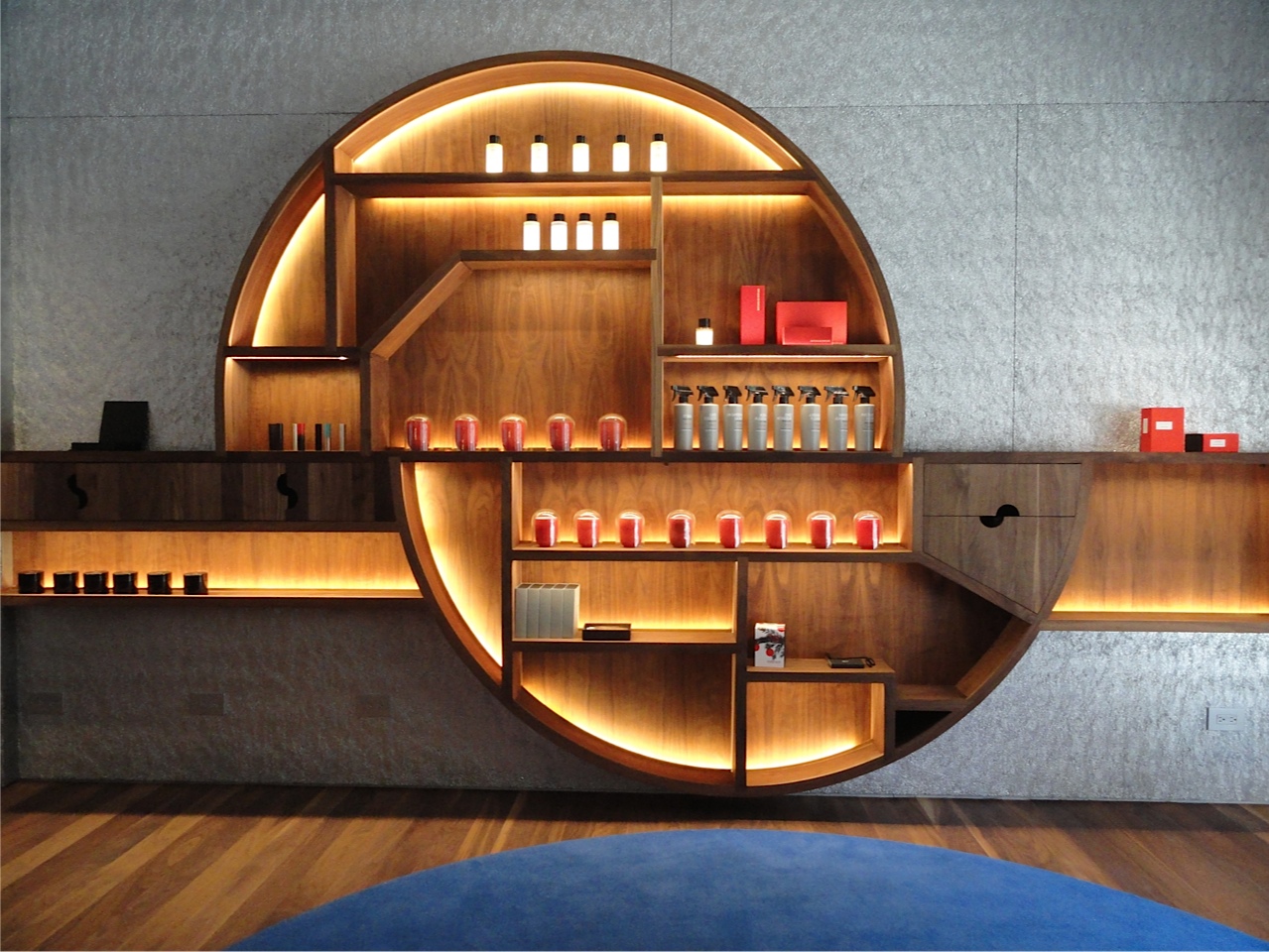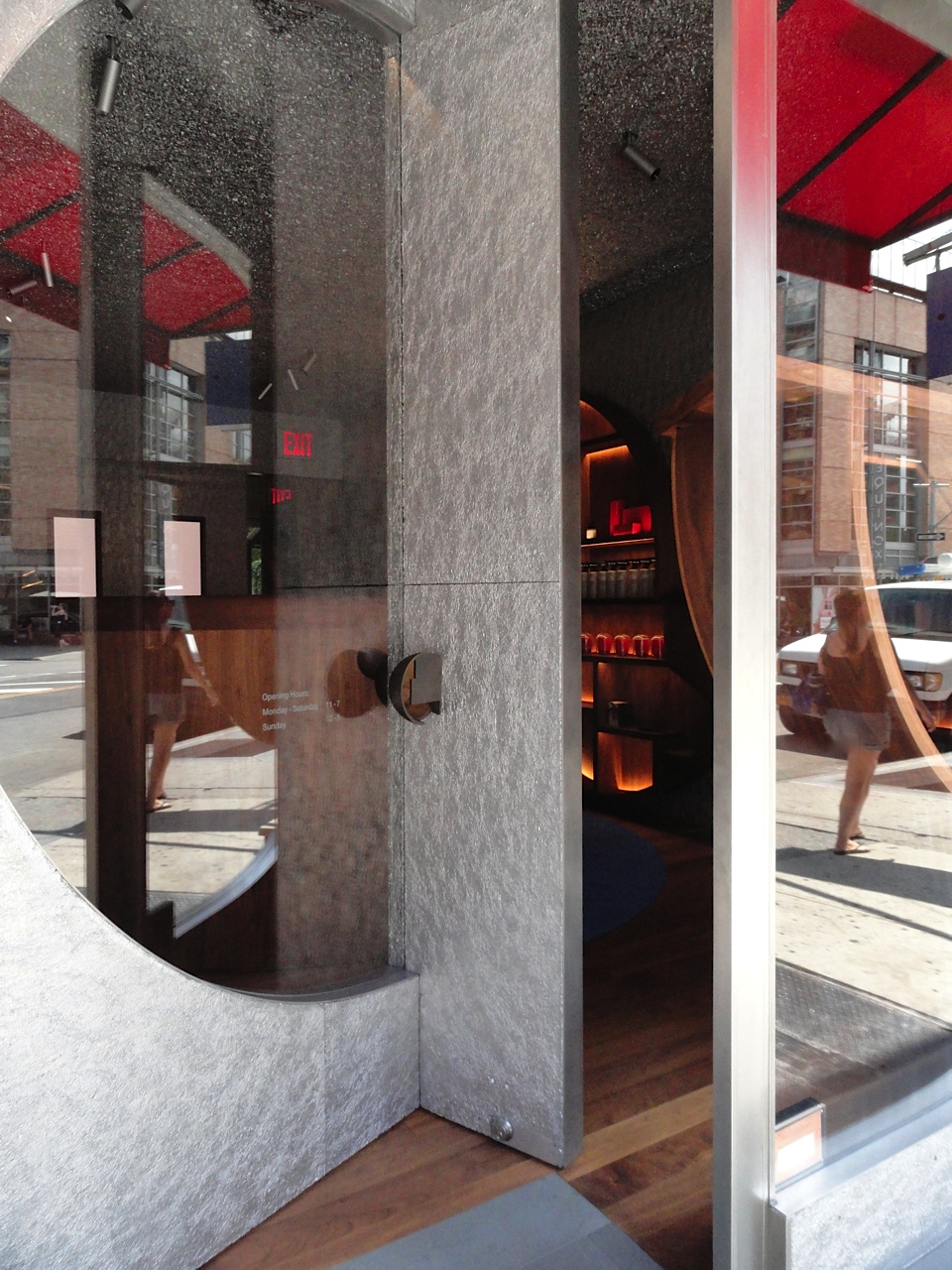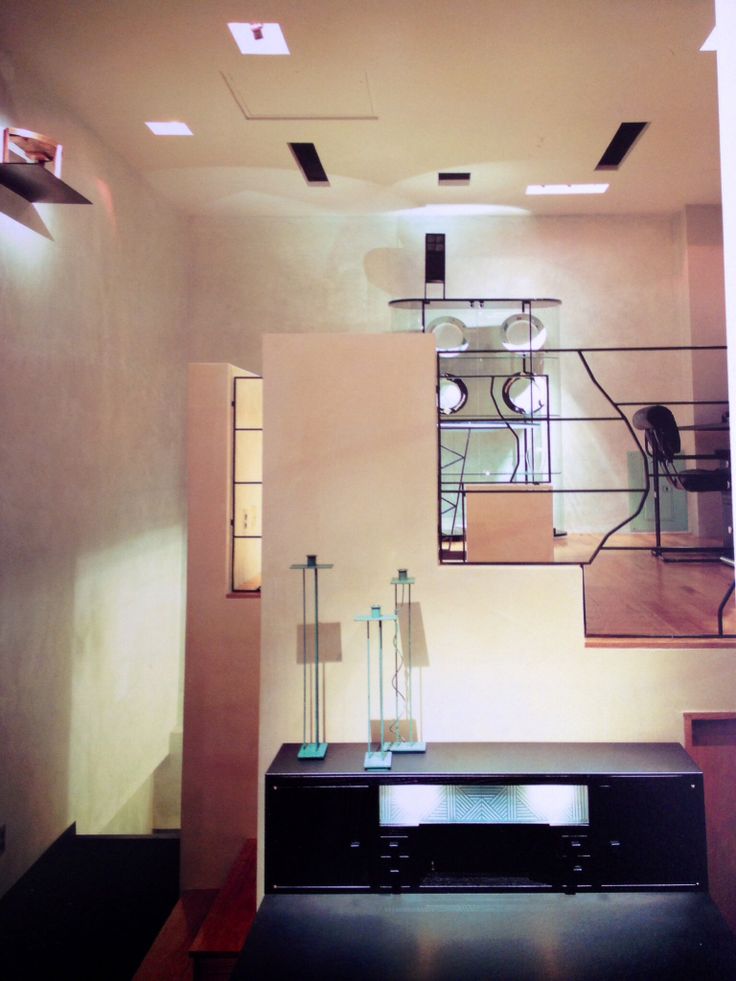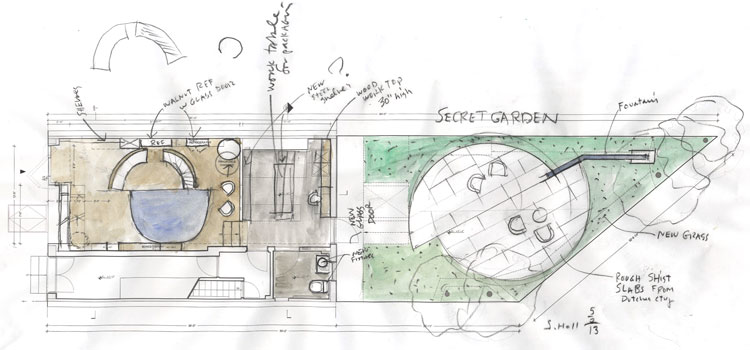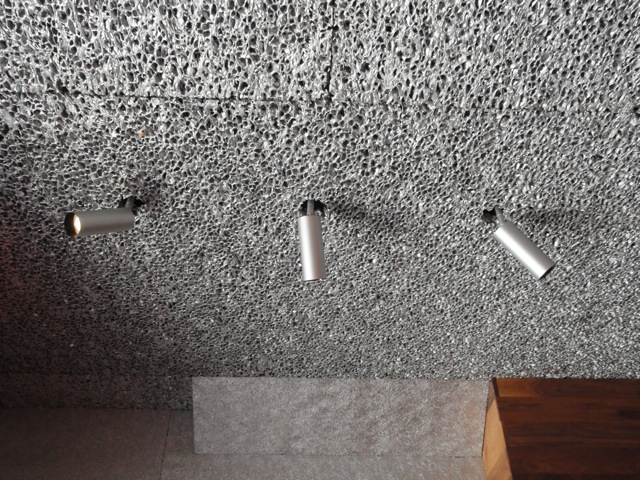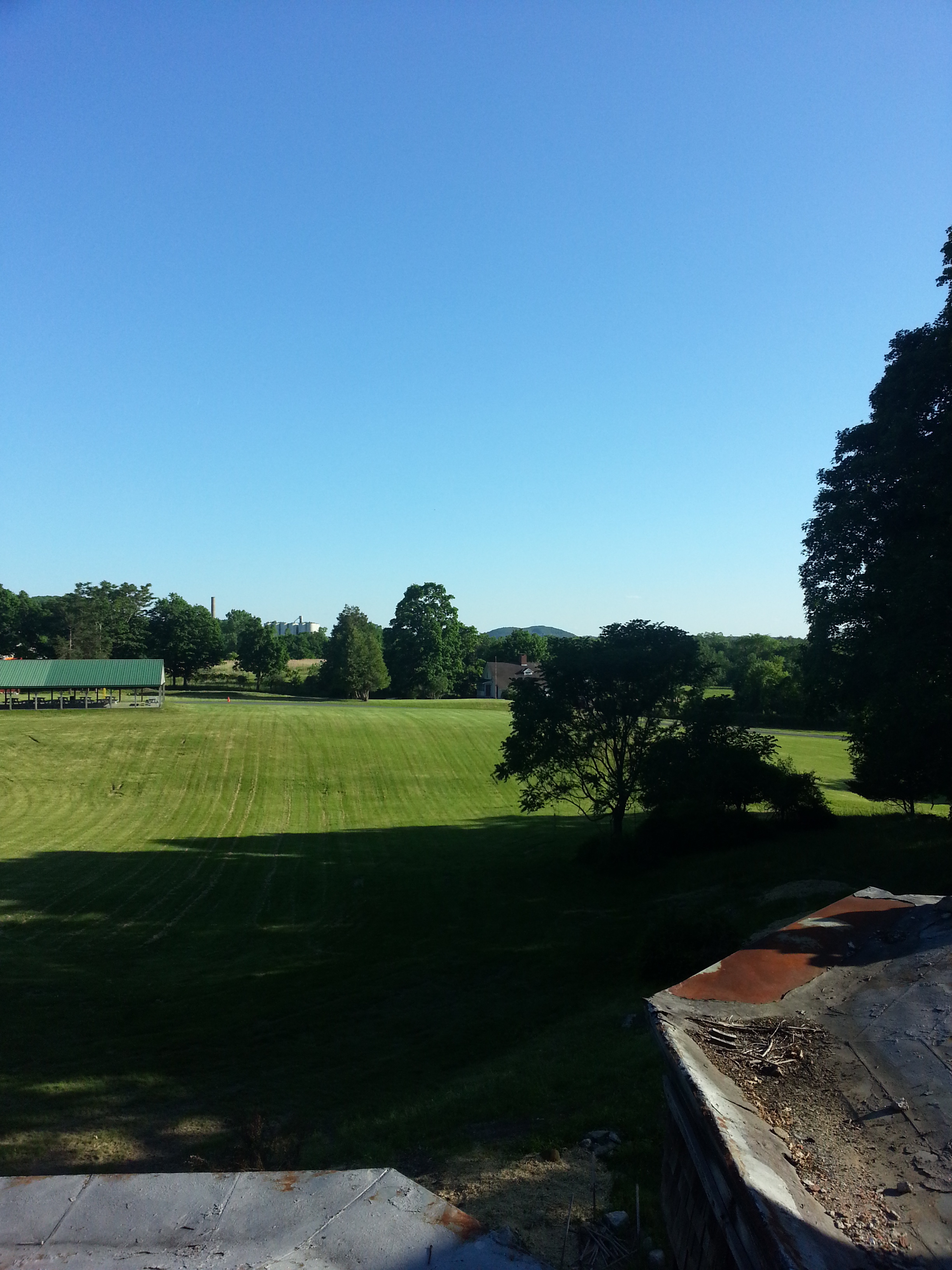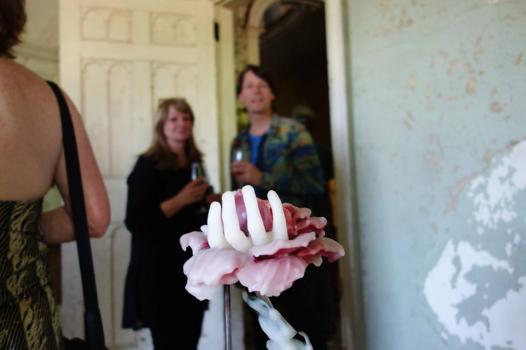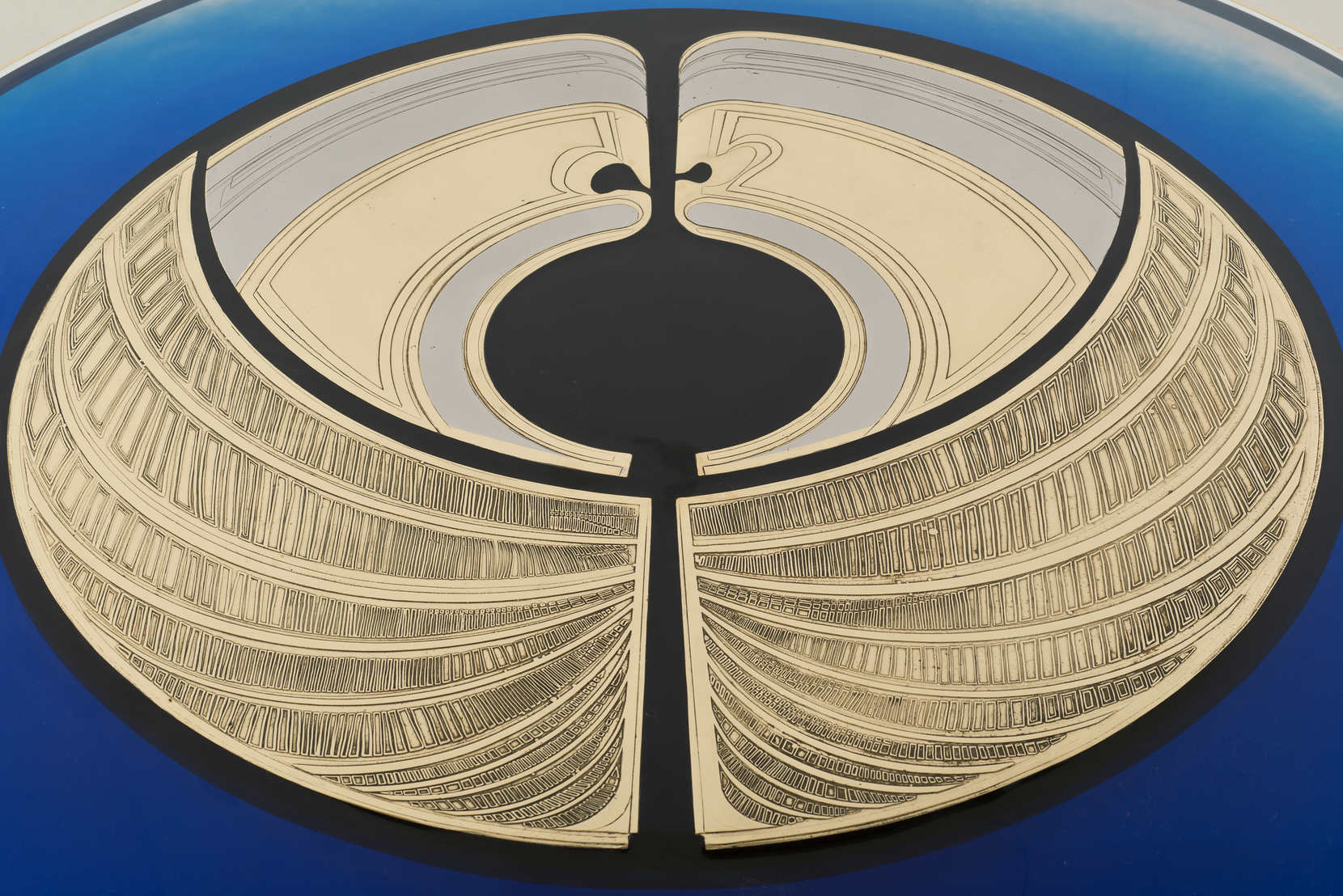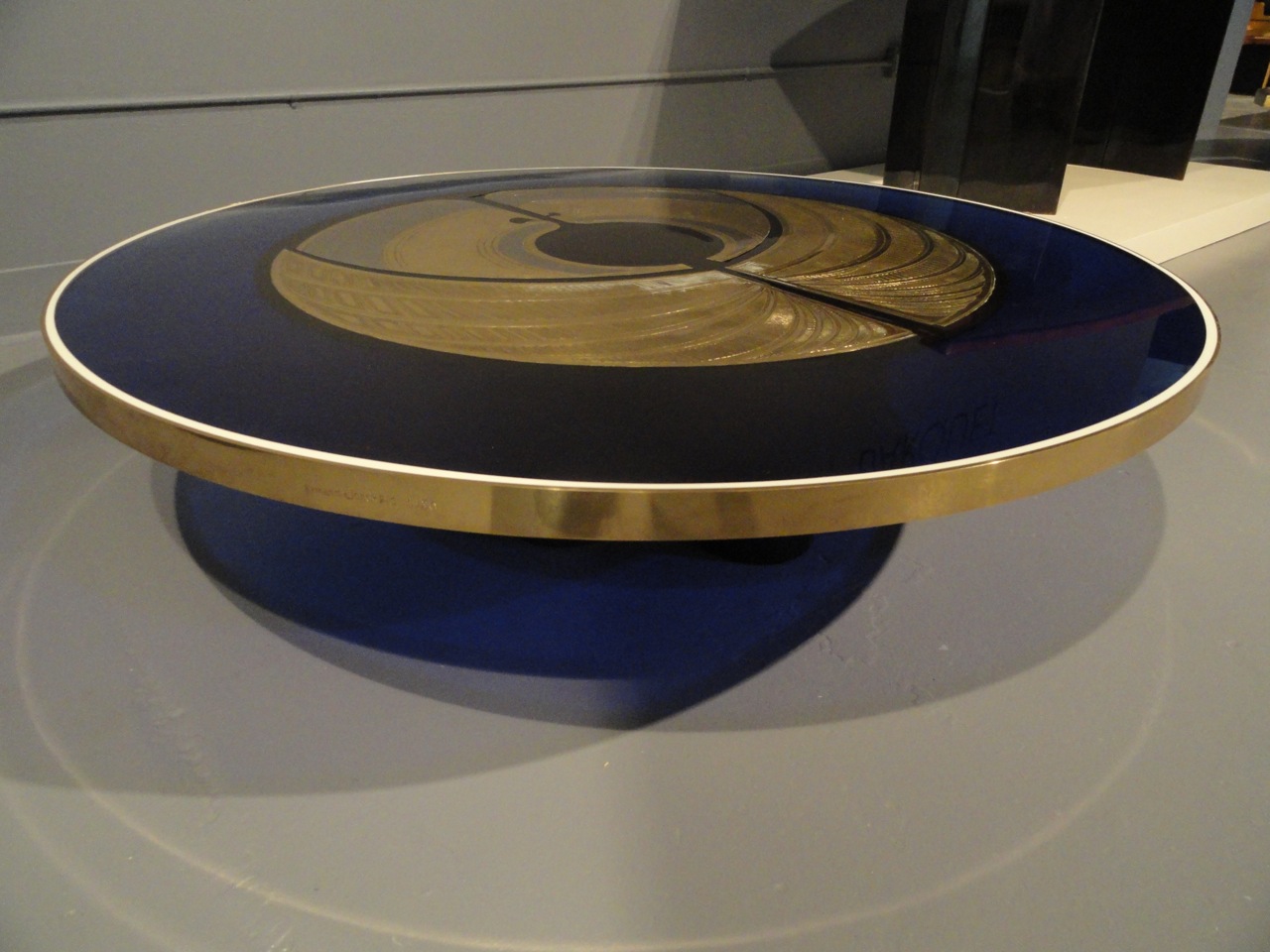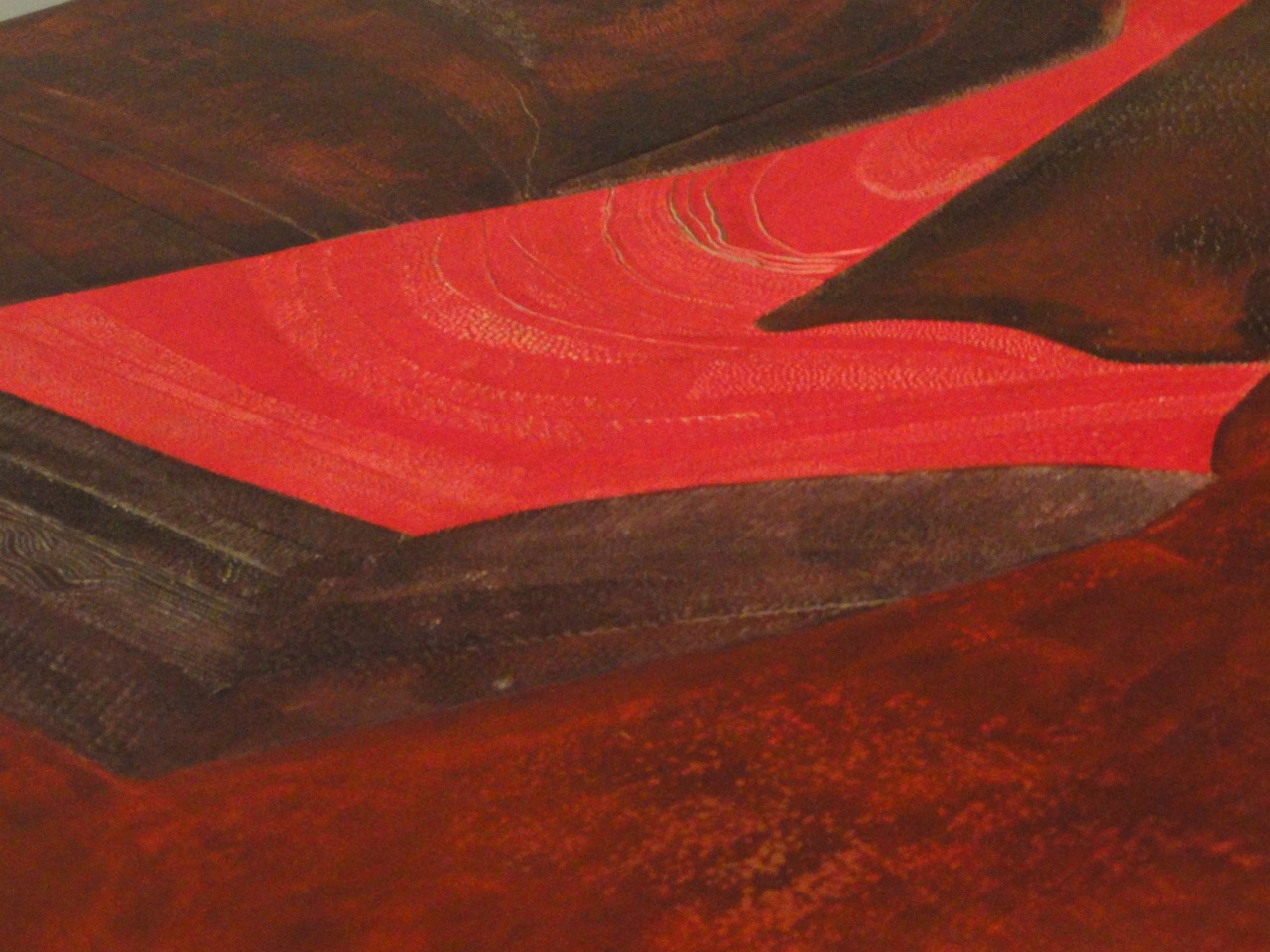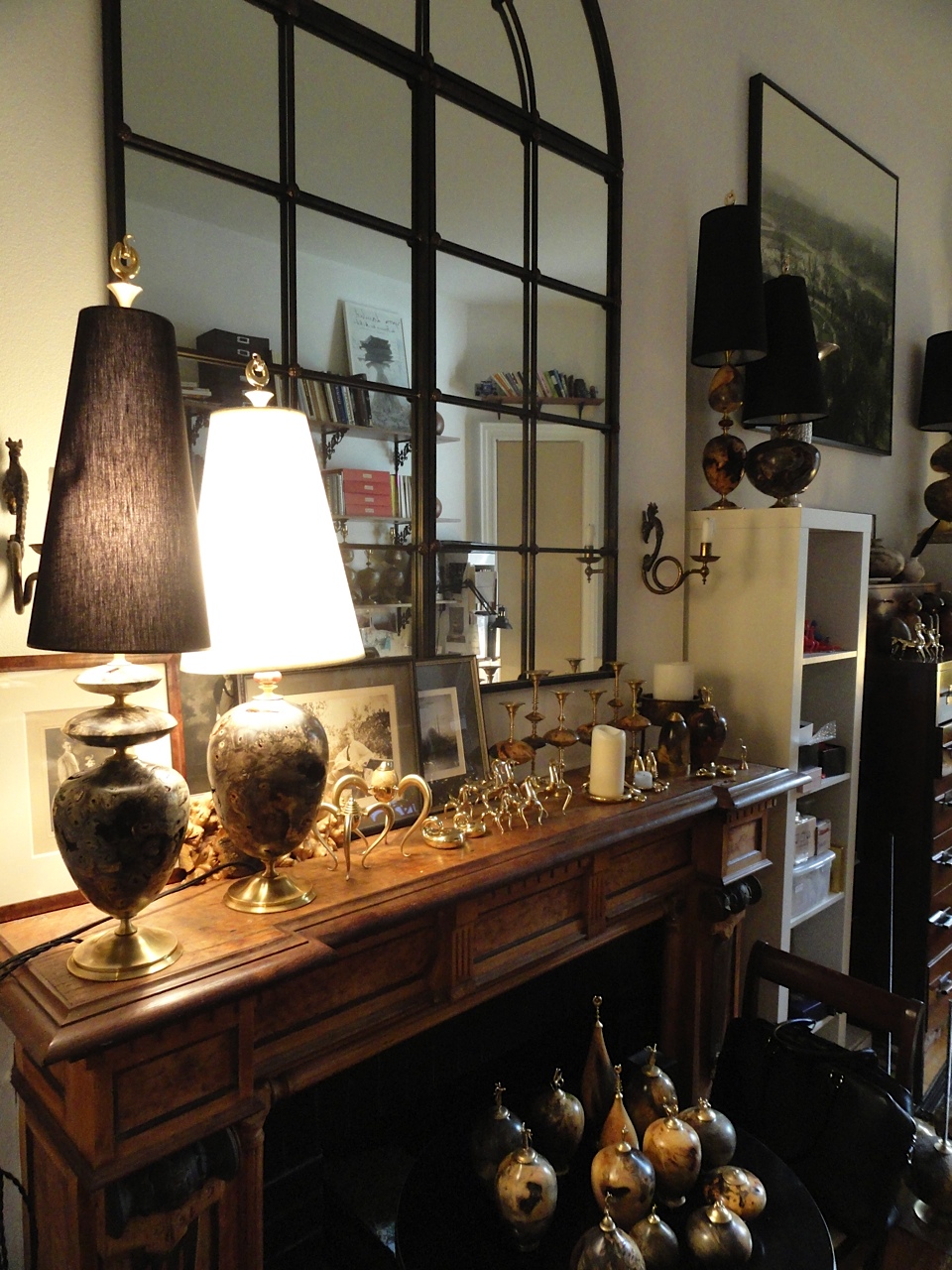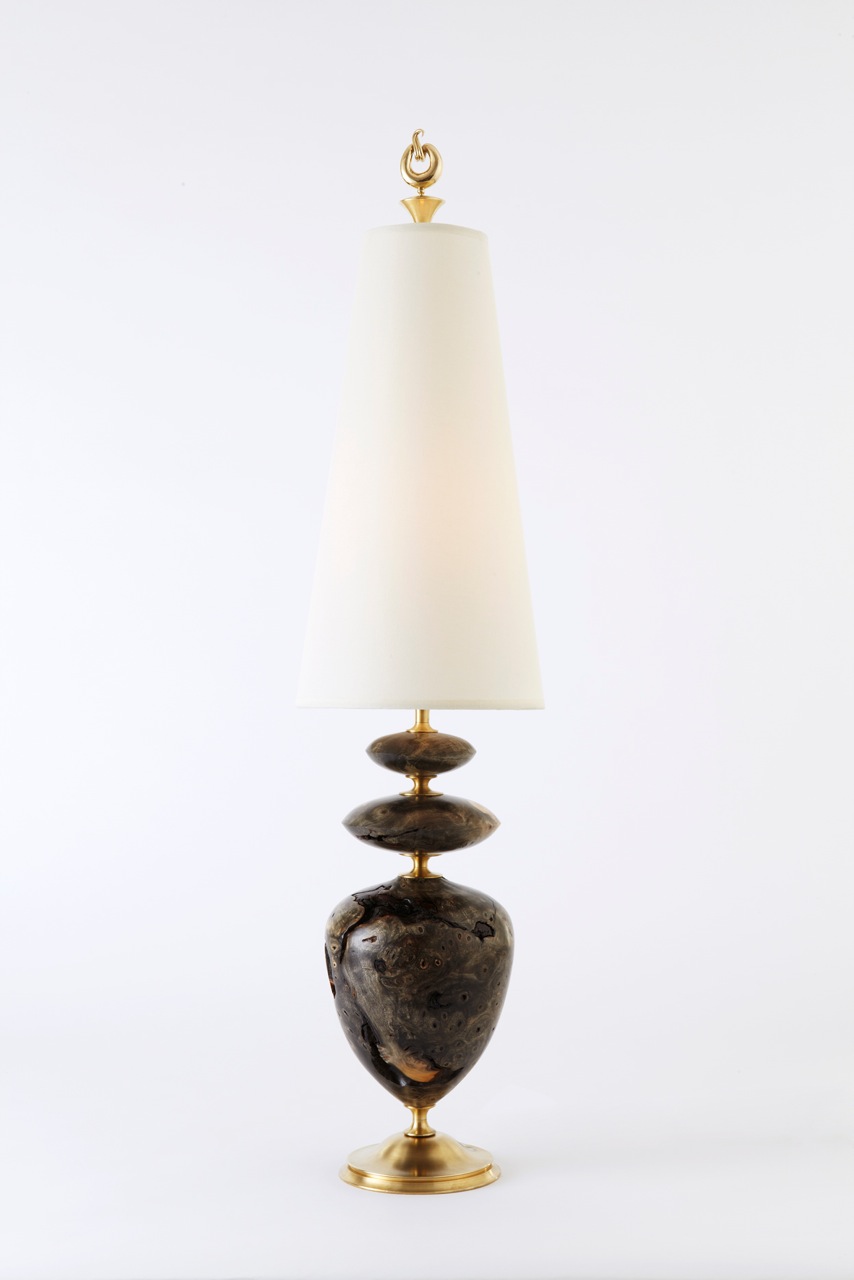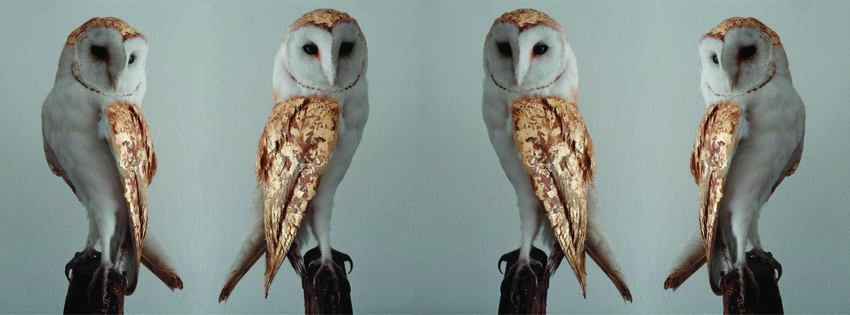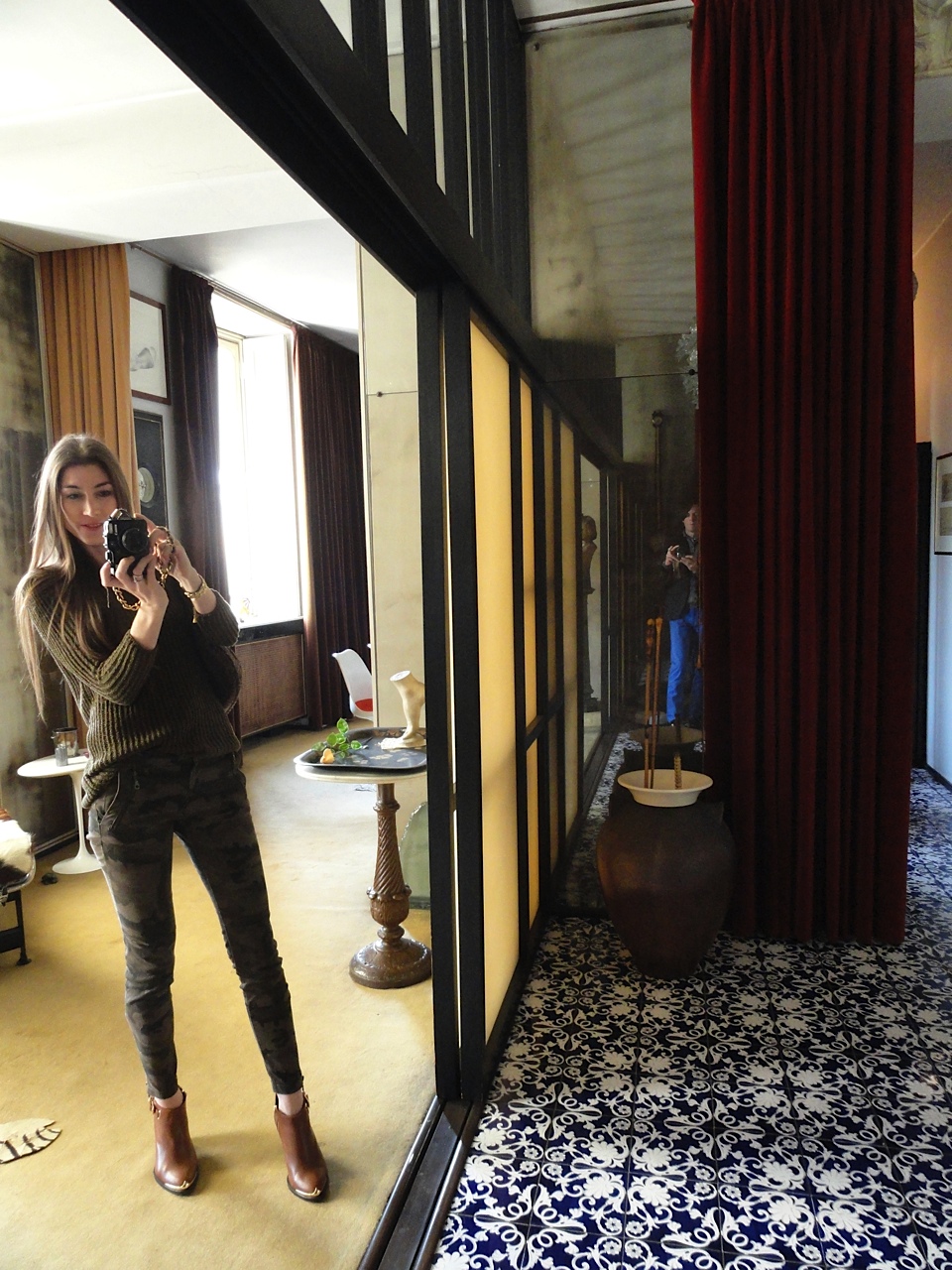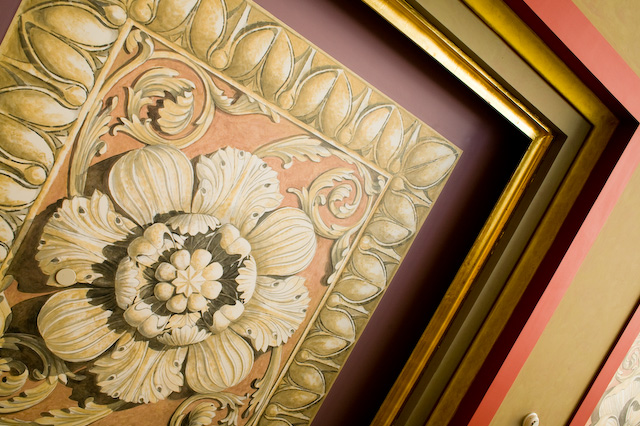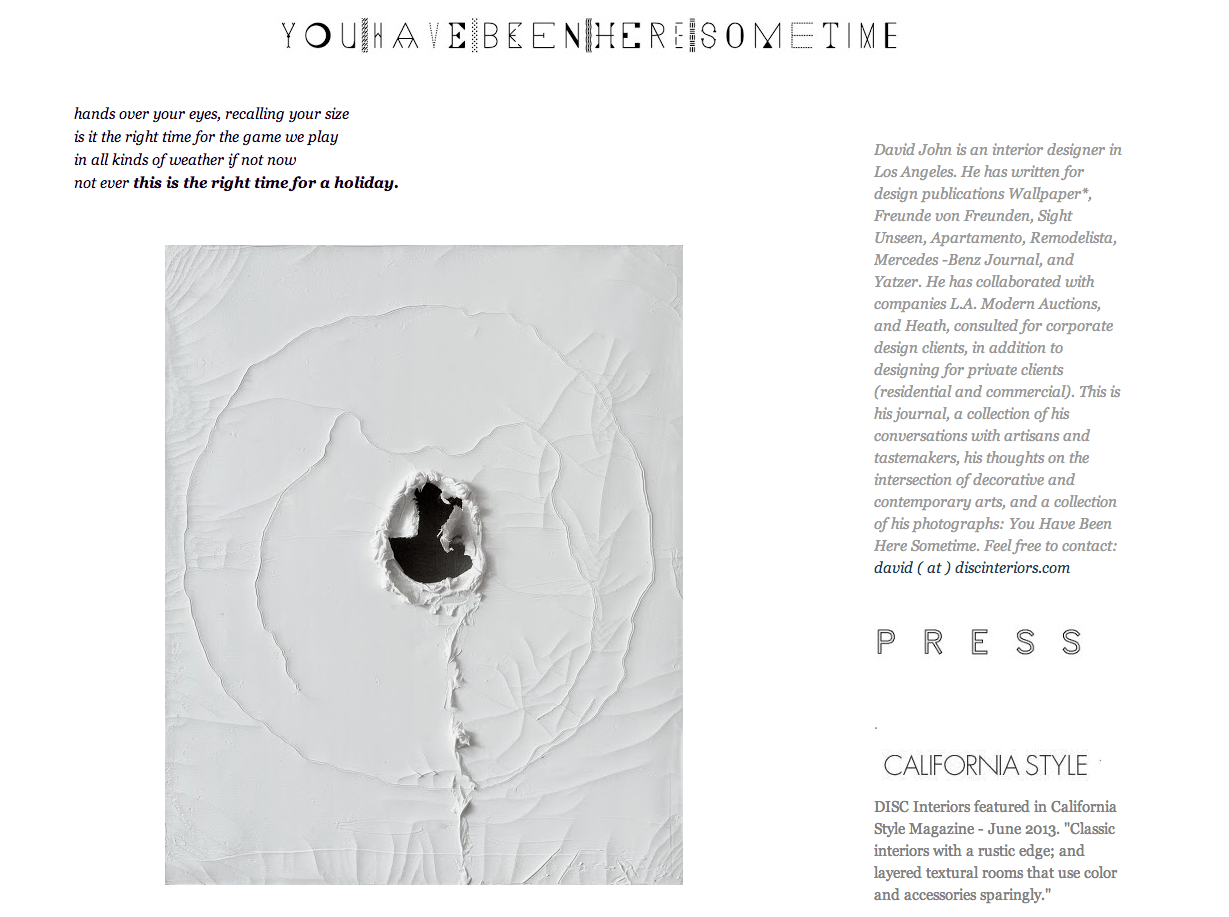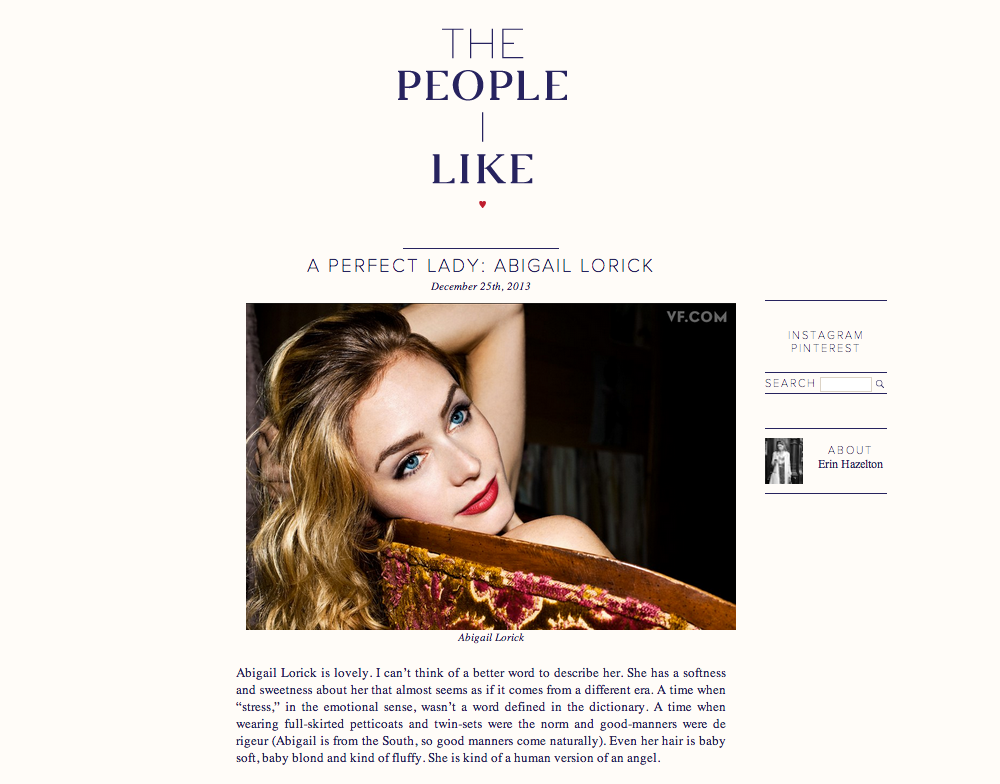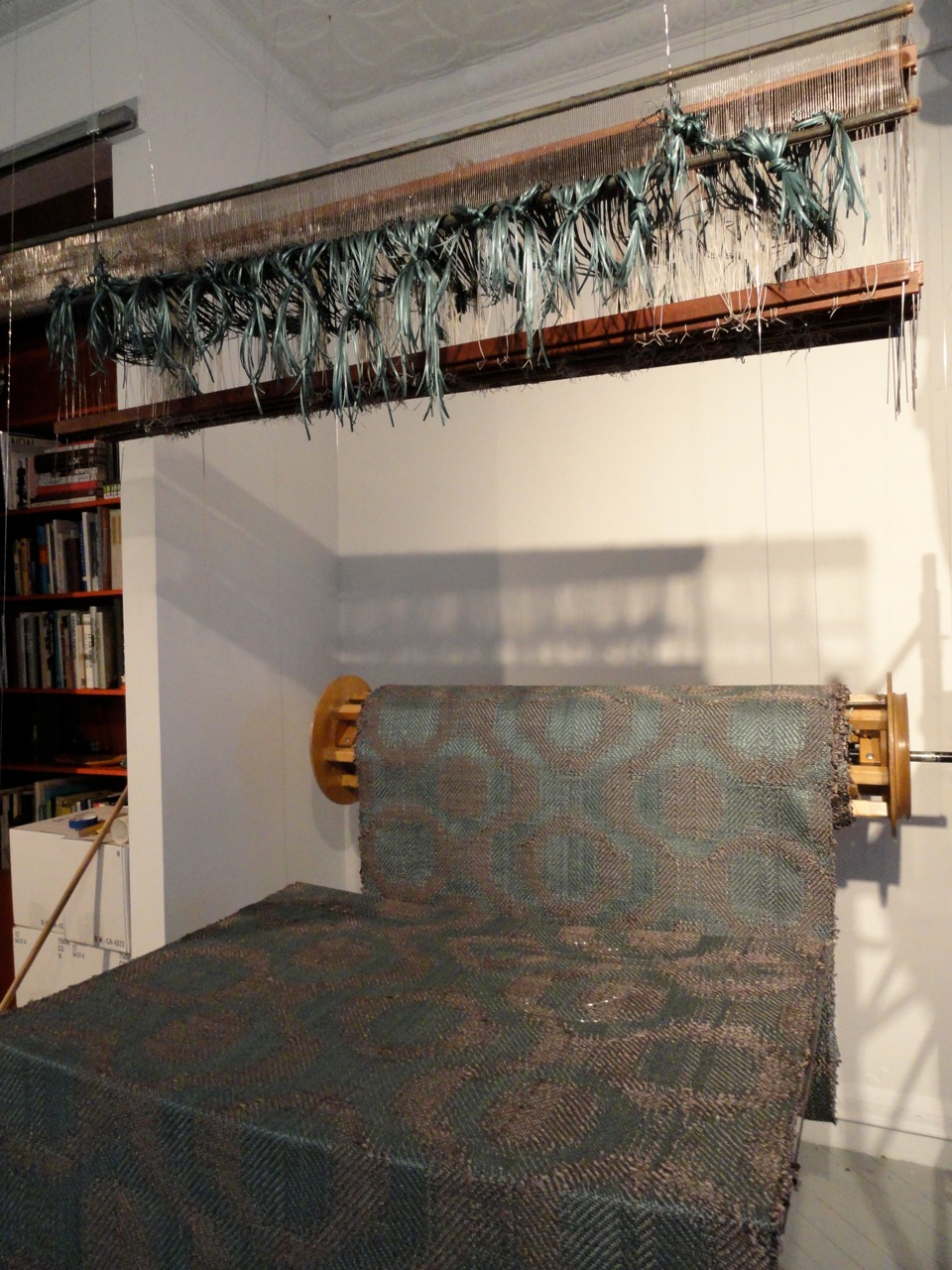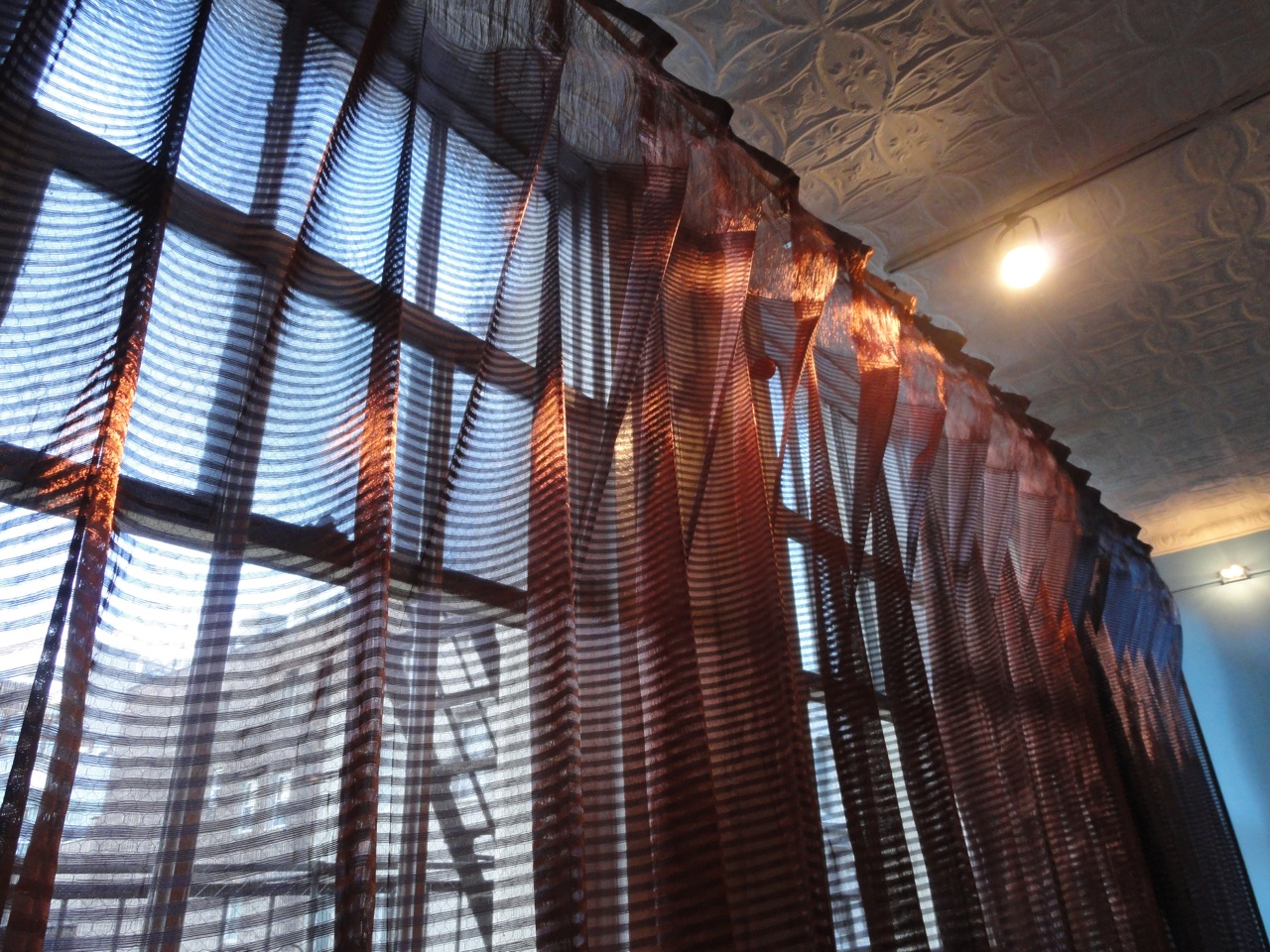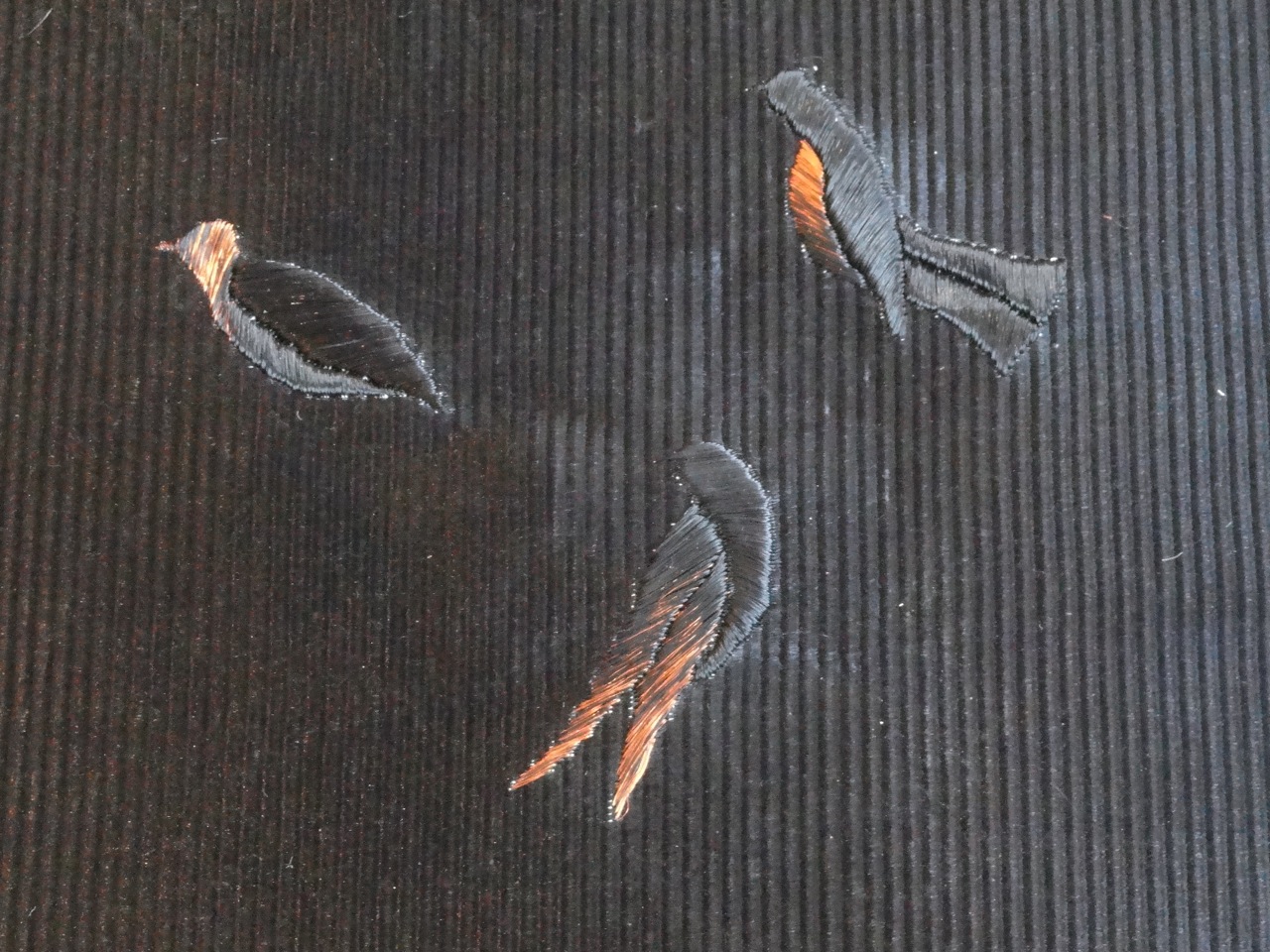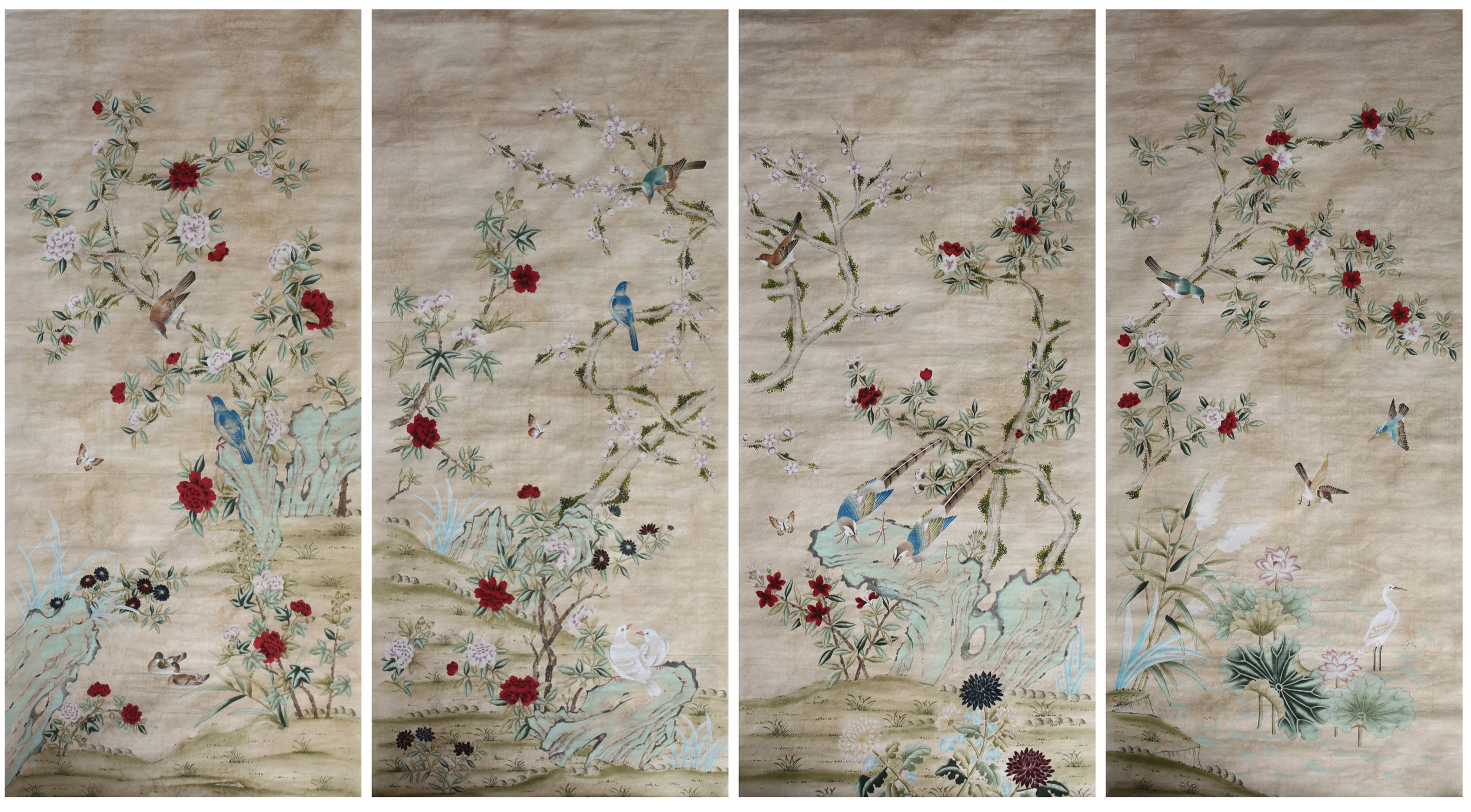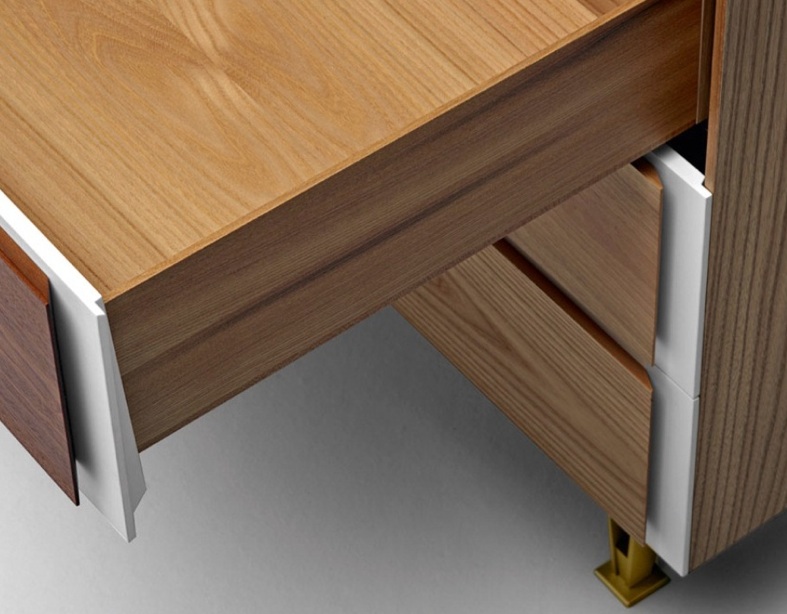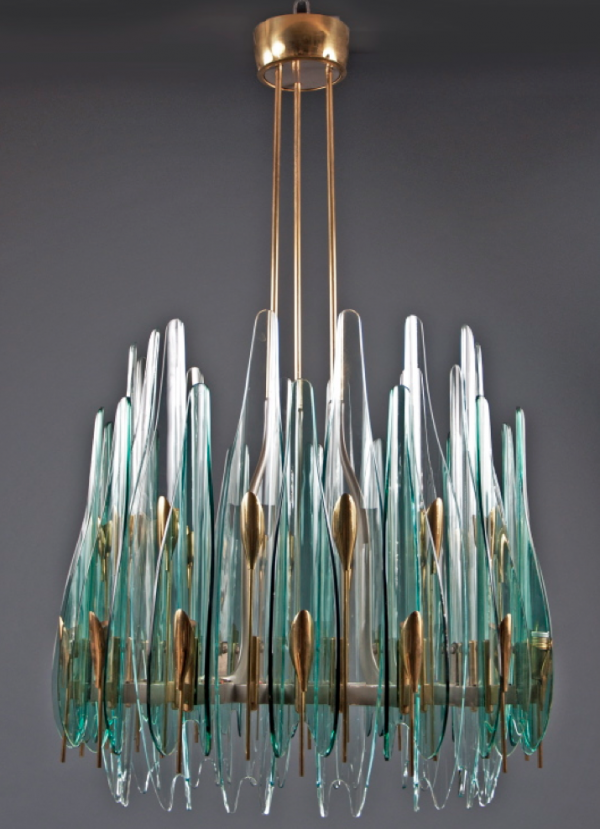We opened our current show Paul Jacobsen “In Through the Outside” and Berlin Deko, a collection of furniture, lighting and objects by German architects from 1910 to 1930 this week with a stellar turnout and the installation will be on view through November 18th in our 105 Warren Street gallery.
All of the works ( 5 oils and 2 large scale charcoals ) evoke a sense of the life Paul has made here in the Hudson Valley. Initially, the drawings appear to be straight forward renditions of the wild weeds that envelope the artist’s studio and the acreage surrounding his home. But on closer observation, we notice that Jacobsen has imbued a gorgeous elegance and given a quiet stillness to the lucky ones chosen as subjects. By separating these particular specimens from the rest of the knotted weed sprawl which has a grand presence on Paul and Laura’s land, we are given the opportunity to stop, be still and notice every detail that the Milkweed, Nettles and Sumac have to offer. Strength and delicacy coexist within the drawings reminding the observer of the many mysteries, struggles and unexpected wonders that the land in Germantown constantly reveals.
Each of the 5 oils produced specially for this exhibition tells a different story and reflect the ongoing ideas and observations Jacobsen has grappled with while living on the land and incorporating into his work. UNTITLED LANDSCAPE, 2017 and UNTITLED CRYSTAL, 2017 are perhaps most closely associated with the charcoal drawings because of the predominate use of black and white but whereas the artist gives an expansive amount of freedom to the wandering weeds, Jacobsen cleverly traps the viewer into his exact perspective and mathematically precise observations of the land, it’s distance from us and, at the same moment, by adding elements of the real world ( dangling crystals, portraits, flags, everyday kitchen items and tools ) the artist reminds us that the land actually supports our physical existence. All of this beauty is seen through the pin point precision of a lens and is encapsulated within the artist’s hand painted frames.
William Morris and Herman Melville serve as intriguing subject matter for Jacobsen. Both of these iconic figures represent the artist’s continued fascination with historic men and their relationships with their respective crafts. Morris was and English textile designer, artist and writer and is most closely associated with the English Arts and Crafts Movement. A close friend of Morris and his wife, Jane Burden, Phillip Webb the architect designed, for the couple, a house in the rural countryside which Morris wanted to be “Modern” but would portray a spirit of the Medieval which is exactly what Webb delivered. Their new habitat was named Red House and Morris spent 2 years decorating the place with the help of artist friends. The rug which Paul Jacobsen designed and was crafted by Equator Production is, in a sense, an homage to William Morris and to his illustrious patterns which were most popular in the wallpapers and textiles he continued to design throughout Morris’s life. The small portrait UNTITLED, WILLIAM MORRIS is an example of Jacobsen’s painterly use of bright colors and juxtapositioning of the figure seen up close, dangling from a thread and push pin and the lush landscape which supports the figure and creates a tension between the foreground and background. Illusion is hard at work here as is the precise technique the artist is so adept at which ultimately pulls the viewer in.
Jacobsen’s UNTITLED (PORTRAIT OF HERMAN MELVILLE) is directly related to chapter 42, the Whiteness of the Whale where Melville describes the voids and curiosities of the universe through the metaphor of the White Whale. In essence whiteness is not so much a color but the visible absence of color. In the artist’s portrait of Melville, Jacobsen incorporates symbols, American Flags, an architect’s compass, a golden crystal which upon close study reveals a small but pure white triangle, all of this painted against a vast, horizontal ocean which harbors the White Whale and provided a way for Melville to set sail on his 3 year journey at sea. The artist, Jacobsen, has intentionally left images of the whale out of the painting and focuses on the author himself, his symbols and the white triangle containing all of the colors of the universe resting a top the crystal . This is an important portrait in context of the exhibition since Melville was a visitor to Hudson and in Moby Dick he uses imagery of the whale to describe man’s relationship to nature in terms drawn from 18th Century Aesthetic Philosophy which Jacobsen also beautifully threads throughout his work.
UNTITLED ( COOPERS HAWK ) is perhaps the most direct portrait in the exhibition, a life study of the bird Jacobsen found on his land in Germantown, it’s twisted body still warm from the fall that took place after he flew into a pane of glass and died. Feathers, greenish talons, a tiny black beak and a regal display of soft , gently patterned black and white feathers all became the perfect subject matter for the artist. After taking the hawk to his studio, Jacobsen rearranged it’s body delicately and then respectfully placed it into a wooden box, photographed the body before any signs of rigamortis set in, preserving the beauty and dignity of death. The portrait is gorgeous, reminiscent of and Old Master work painted with the hand of brilliance.
The Gilded Owl and Lampedo Gallery presents an exhibition devoted exclusively to furniture designed by Berlin architects between 1910 and 1930. The six-week show, “Berlin Deko – German furniture 1910 – 1930″ is a comprehensive survey of German design to look beyond the Bauhaus movement. It aims to highlight the long-overlooked significance and legacy of Berlin as an important European center of architecture and design. Among the protagonists are Leo Nachtlicht, Bruno Paul, Eduard Pfeiffer and Lajos Kozma.
Because Berlin has attracted artists from abroad for centuries, the city has also been a crossroads for a variety of approaches to art and design that originated in near and far corners of the world. These distinct influences and their many hybrids will unfold throughout the exhibition. The objects shown will span a vast arc from futurism to expressionism, from the avant-garde to the traditional, with an underlying current of the exotic and the baroque, which is typical of the period.
Over the past twenty years German interior design from this period has often been reexamined and found its way into private and public collections such as those of the Kunstgewerbemuseum Berlin, the Wolfsonian in Miami, or the Metropolitan Museum of Art in New York. To capture the truest essence of Berlin in the Deco Years, Lampedo invited Arne Sildatke to write an essay for the show. Mr. Sildatke, who wrote his doctorate paper on Art Deco Interiors in Weimar Germany, is a key expert who reevaluated German design of that era and gave it a new position in the history of art.
Established in 2004 in Berlin, Lampedo Gallery is focused on European continental furniture. In 2009 it relocated to New York. Owner Markus Winter has introduced furniture by architects such as Karl Friedrich Schinkel, Ludwig Mies van der Rohe, Bruno Paul or Gio Ponti into both public and private collections. In 2004 he curated, along with Brian Kish, the first exhibition in America on Guglielmo Ulrich and in 2008 he organized the first exhibition on Luisa and Ico Parisi in Germany.
Paul Jacobsen “In Through the Outside” and Berlin Deko will be on view at 105 Warren Street through November 18th.





